10 Day Portugal Itinerary: Tracing Traditions
Shimmering hues of blue, turquoise and tuscan sun yellow have a timeless appeal. There’s a serenity that comes with being at the heart of these, as they slow the senses, sooth the mind and stimulate our spirits and creativity. They signify both beauty and escape, change and mystery. Seascapes painted in such colours flirt with dynamic waves while tiles of faded azure blue adorn a tangle of alleyways. These are what make Portugal, specifically Algarve and Lisbon, dream destinations; both for the imagination and as wellbeing heavens. But beyond these tourist allurements lie regions many have heard of, but few truly discover. This 10 day Portugal itinerary marries ancient traditions and a cultural heritage with a fresh perspective on what and how to explore by redefining Sintra, Cascais and Obidos, along with lesser-known natural beauties.
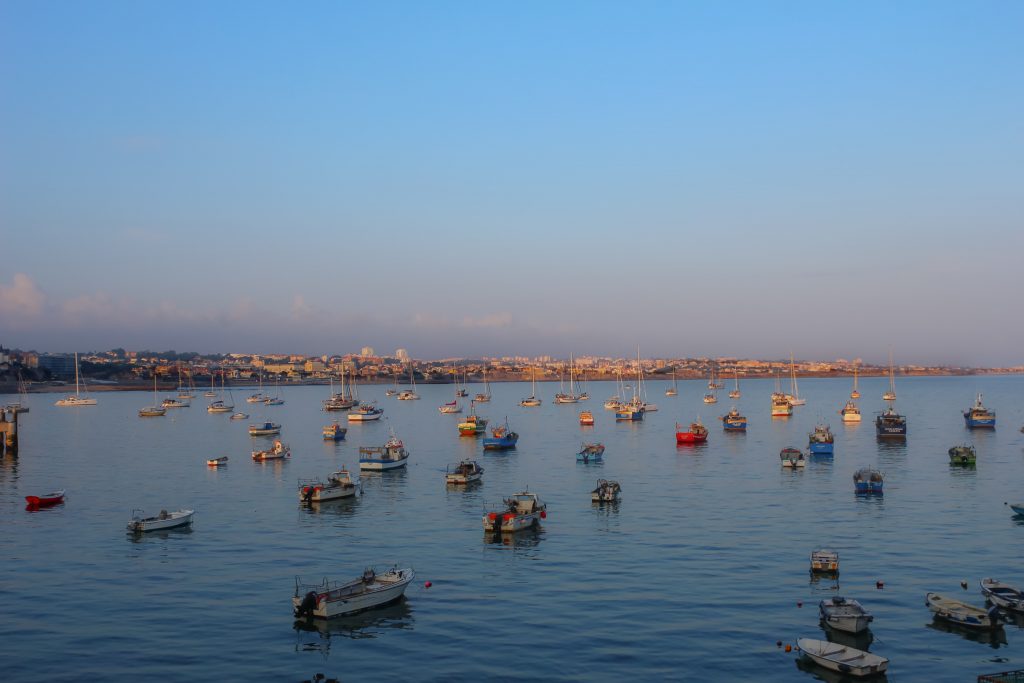
be A local not a tourist with the following 10 day Portugal itinerary
Days 1-5
Cascais
More than just beaches
Cascais is the land of two extremes. While deliriously dreamy beaches reside to the east, wild and untenable coves feed on the skills of the most audacious surfers. Sun-kissed hedonists nonchalantly emerge, cocktails in tow, after a long day reveling in everything up to the beaches borders. Similarly, after popping up on boards and riding the whitewater, surfers head to their hotels and out to Cascais restaurants.
The idea of two extremes is more paramount than meets the eye. To see this, it is imperative to breach the beaches borders and expand horizons to Cascais old town. Gloriously, Cascais maintains its traditional and charming Portuguese fishing town characteristics with a flavour of the nobility. Historically, King Luís and his high-society proclaimed the town as the location for a royal summer retreat, giving rise to the town’s popular moniker of “The Town of Kings and Fishes”. Looking hard enough, these two extremes are present today and encapsulated in the luxury Pousada Hotel.
It is set within the walls of the 16th Century Citadel and the inner fortress. These were originally used for defence against the French, English and Arab pirates and later as the summer residence of the royal family. The hotel’s ancient-modern design overlooks harbour views, the Santa Marta Lighthouse and lone fishermen swaying against the gentle rhythms of the glistening sea. Such sights bring the town’s fishing roots to life, validating why a 10 day Portugal itinerary should start here!
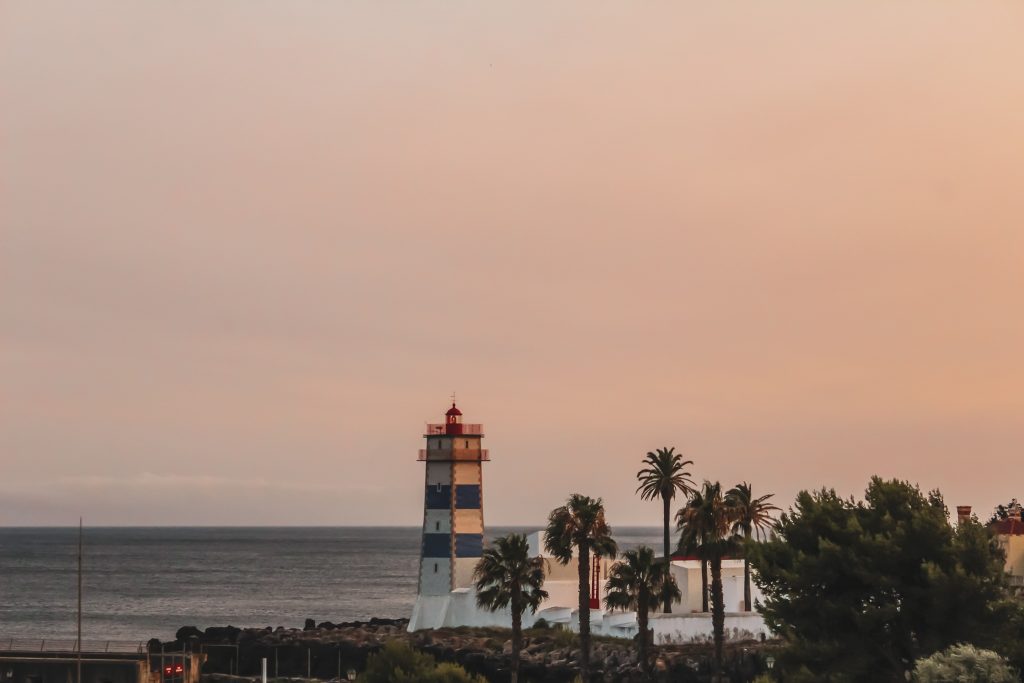
Tradition is alive with the sound of music
Cascais’ old town has many cobblestone alleyways, but beyond these are melodies floating in the air, leading to local men with their old guitars. Behind them, the sun casts a shining spotlight on Portugal’s ornate ceramic tiles. Lining the streets, these tiles – in varying patterns and colours – whisper stories about Cascais’ history, religion and cultural themes. The nonpareil of these are on display at the Municipality of Cascais. Here, 650 years of history are displayed on the buildings front, speaking volumes of the executive body of the municipality. These voices reveal the historic and present role of the municipality in executing policies and promoting development. Similar to following the yellow brick road, follow these tiles down rabbit hole streets where, amongst the local homes, the Cafe Galeria House of Wonders lies. From fragrant citrus fruits to tapas and Mezze inspired Portuguese foods, a fantastically whimsical afternoon awaits.
From tiles to architectural gems
Snaking the roads beyond the town’s bounds, crisp terracotta spires, honey-coloured mansions of multi-tiered columned terraces and archways built into ancient rocks emerge and give way to rejuvenating scents of the Atlantic Ocean. The Castro Guimaraes Museum and the Santa Marta House are feats of architectural genius. Saunter inside for exquisite Arabic courtyards, elegant chandeliers, magnificent decorative ceramics and secret passageways. When peered at hard enough these narrate opulent lifestyles, the life of Portugal’s first king Alfonso Henriques, earliest known colour images of Lisbon and traditional tiles saved from a crumbling chapel in Lisbon’s centre.
Then be introduced to the grounds of Cascais Citadel Palace to complete the narrative on historical ruling figures. Deluxe interior designs trace the palace’s history, revealing how it was formerly the residence of the Citadel’s governor, the Royal Family and then the Portuguese presidents. In the centre courtyard lies the Chapel of Our Lady Victory. Gold and blue opulence adorn this sanctum, showing itself to be the beating heart of Cascais and representing their religious circle.
Parque Marechal Carmona is an opportune base to acquaint oneself with the finer details of Cascais’ local lifestyle. A popular spot with locals as peacocks, ducks, chickens, roosters and tortoise rule the surrounding greenery. Travellers and locals rest and converse with as much vigour as meeting old school friends at A Ver o Parque cafe, where traditional Portuguese cuisine is served with a warm smile.
Days 6-7
Lisbon
Commanding spectacular views of the turquoise sea, the Linha de Cascais railway ties Cascais with Lisbon. Hastening past sun-tipped mountain ranges, the elegance and artistry of Portuguese traditional Pombaline architecture gives way to the urgency and structured activity of city life. As the train slows to stop, the landscape surges into motion with Tuk-Tuk’s flurrying discerning travellers to the city’s cultural treasure troves.
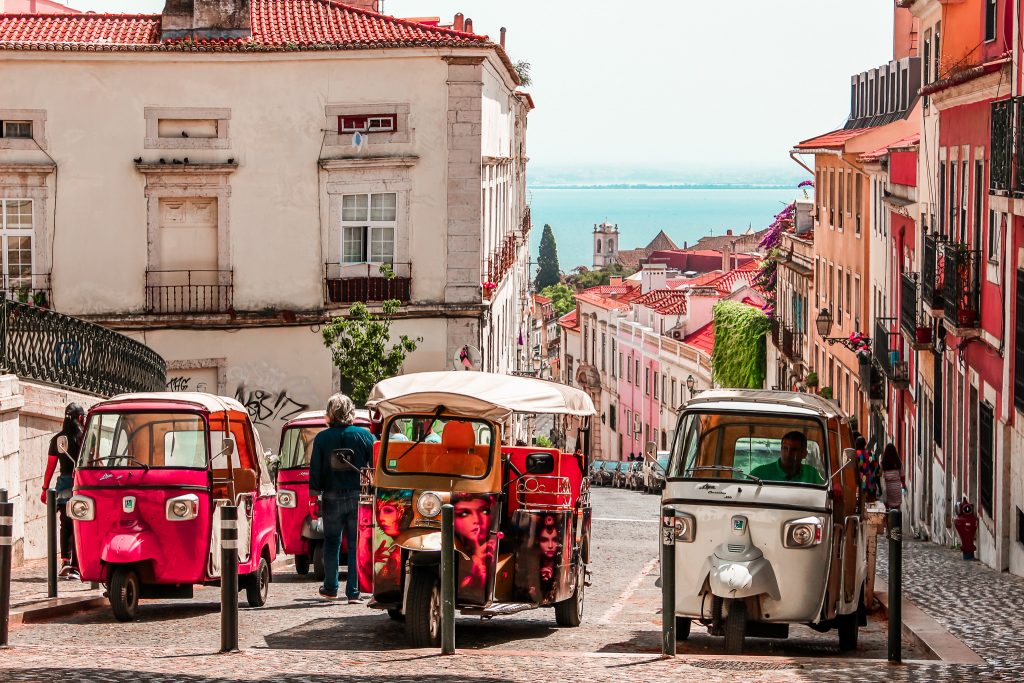
The Basilica da Estrela is one such treasure. Its imposing scale with delicate marble detail can be seen from miles away, rivalling the beauty of Notre Dame and making it Lisbon’s most ornate church. Opposite is the delightfully maintained Jardim da Estrela, juxtaposing exotic plants and small ducks against the grand basilica front.
While many acknowledge the basilica as a gem, few really experience it in a way befitting its purpose. Sunday mass ensures crowds and cameras are barred from entry, headlining its function as a religious safe haven. Here, time slows down and seeps into the grey, pink and yellow marble walls. Simultaneously, an overpowering veil of silence transfixes the senses on the immediate acts of worship.
Art Hidden Gems in Lisbon
Astonishing and poetic aspects of terracotta rooftops and Lisbon’s port are unrivalled at Miradouro de Santa Luzia and Miradouro da Graça. Although a bustling selfie location, the decorative tiles and the sonorous clanging of bells quiets the ground. Following the confident strides and laughing echoes of local children, Lisbon Cathedral towers nearby in all its Romanesque glory. While this is the oldest church in the city and a National Monument, Graça Church and Convent and the Monastery of São Vicente de Fora are the true diamonds comprising Lisbon’s crown.
The earthquake of 1755 destroyed the original structure of Graça, resulting in a newer landscape inspired by Baroque-style structures. Contrastingly, the majestic and austere facade of the Monastery is worthy of housing the Pope. Here, the royal pantheon of the Braganza monarchs is defined in importance by its barrel vaulting while Graça Church makes Portugal’s art history shine. From statues of friars from the Order of Saint Augustine to tiles from the 16th-18th Centuries depicting large scenes of Portugal’s history, art becomes the new medium that acquaints one with the true and complex side of Lisbon.

Historic Monuments of culture
Presiding tall on São Jorge hill, the silhouette of Jorge castle commands the scene. A historic castle, dating to the 8th Century BC, has played a decisive role in fortifying the Phoenicians through to the Portuguese. Ambling the castle’s battlements, a certain aura of majesty prevails. Each stone traces a line in the castle’s past while the view conveys the magnitude of what has and will need protecting.
The aspect from here of Praça do Comércio, the 98 ft, four-storey limestone structure of Belem Tower and 52 meter high Padrão dos Descobrimentos thrums with cultural resonance. It’s hard to separate this vista from the legendary tales of Christopher Columbus braving the tempestuous seas and uncovering the Americas. Acts of exploration are cemented in the country’s reputation as figureheads in the Age of Discovery. The name Praça do Comércio translates to ‘the Square of Commerce’ while the Padrão exhibits bold statues of Portuguese explorers. These and the function of Belem as point of embarkment and disembarkment and ceremonial gateway for explorers, pockets forgotten acts that established Portugal as the most powerful seafaring nation in 15-16th Centuries.
Here, the name Vasco da Gama rings in the ears. He was Portugal’s fearless explorer who first reached India by sea. The naval vein flows deep within the body of Lisbon as its most popular tourist attraction – Jerónimos Monastery – is intertwined with the life of da Gama. The Monastery’s highly ornate work was built on the foundations of Ermida do Restelo. This was the chapel Vasco da Gama and other sailors prayed at before setting sail. Then to commemorate his victorious return, architect Diogo de Boitaca design the now religious building that holds de Gama’s tomb.
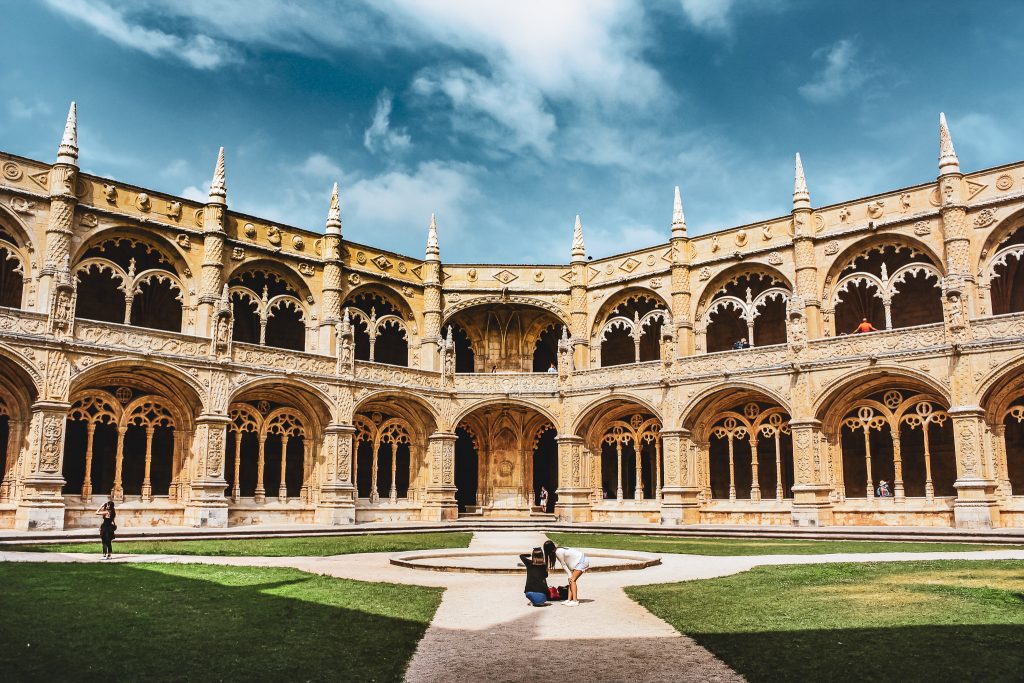
Days 8-9
Sintra
Escorting drivers to Sintra from Lisbon are the Boca do Inferno Cliffs and the Cabo da Roca, easily accessible by a charming coastline path. The crystalline rocks and sea-arches are disturbed by dikes and small sandy beaches plucked straight from picturesque postcards. Praia do Guincho Beach is one such haven that blends intense surfing with a dramatic seascape and natural wonders of Sintra National Park. The hike up Sintra Mountains to Peninha Chapel, Palace and Church is a reflective paradise. Virtually unknown to foreign tourists, Peninha’s ancient craggy outcrop has a quiet grandeur, ideal for marvelling at the views of Berlengas Islands and Cape Espichel. With eyes closed and wind tickling the skin, it is easy to see why this location has seen a small hermitage ever since the foundations of Christianity in Portugal.
The Lungs of Sintra
The Palacio Nacional da Pena exemplifies the 19th Century Romanticism architecture, and it would be remiss to exclude it from this 10 day Portugal itinerary. As one of the finest sites in Portugal, Pena Palace is a well-known gem. The Middle Ages saw this hilltop as a religious retreat, but lighting from the Great Lisbon Earthquake of 1755 damaged the property. King Ferdinand II then transformed it into the palace it is now. But what many don’t realise is that this wealth of history can be learned from the layers of its hedonistic mix of painted terraces, decorative battlements and mythological statues.
Standing in opposition to these vibrant colours, is the dense green foliage of Parque de Pena forest; the lungs of Sintra! Hidden pathways and the mystical Valley of the Lakes are reminiscent of Puzzlewood Forest‘s fantasy woodland. With complete silence, the sounds of twigs breaking underfoot and native birds chirping become deafening. Allowing these to be a guide, glossy leaves, towering trunks and emerald moss-covered stones roughly define a path to the Chalet da Condessa d’Edla. Designed according to the in vogue alpine chalets, the chalet looks plucked right out of the Robin Hood legend as its use of cork gives the appearance of living within the trees.
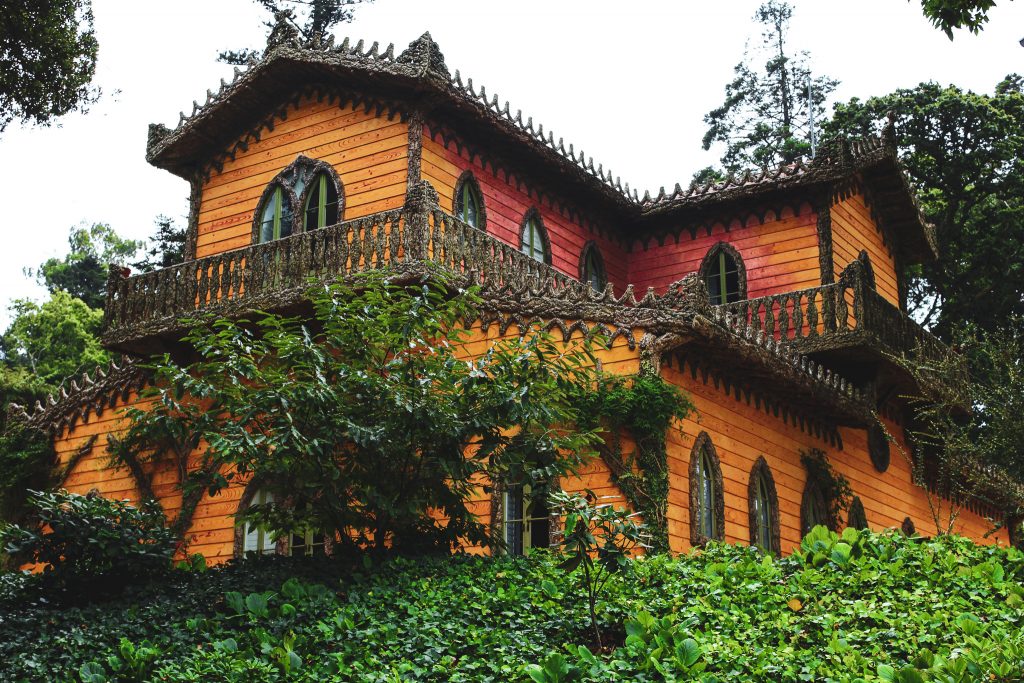
Blends of nationalities & Cultures
Dramatically positioned in the centre of ancient Sintra town is the best-preserved medieval royal residence of Sintra National Palace. The interior conceals a nexus of ideas pertaining to the Kings who’ve previously inhabited, detailing their bewildering journeys through paintings, tile panels and furniture.
The spiraling initiation well at Quinta da Regaleira reveals associations with the Freemasons and the Templars, while Monserrate Palace highlight’s Portugals international trade. Here, a Mexican-inspired garden designed by a British man winds its way to the palace where Arabic, gothic, and Indian architectural styles seamlessly blend.
Day 10
Óbidos
In the minds of the collective, France has been lionised and holds the crown as being the most desirable escape destination. The final destination on this 10 day Portugal itinerary is The National Palace of Queluz. The exquisite Baroque palace exterior is made more majestic and opulent by its interior. Its rooms of gold carvings, mirrors and paintings have the same grandeur and sensational character as Versailles’ Hall of Mirrors. Here, Portugal gains a touch of the Parisian architecture and design.
In complete contrast, the medieval town of Óbidos reflects the bucolic beauty of rural villages with charming medieval architecture of cultural intrigue. Surrounded by a classic crenellations wall, the historic centre is a labyrinth of cobblestone streets, whitewashed houses livened with dashes of vivid coloured flowers, quaint window boxes, charming squares and a plethora of dinky streets lined with chocolate and sour cherry-liqueur shops! Óbidos has that ‘lost in time’ quality, perfect for connecting with ancient and traditional Portugal.
This 10 day Portugal itinerary offers a myriad of unusual opportunities that immerse one into the culture, religion and history of Portugal. Beyond the paths taken by tourists lie extraordinary pockets of natural beauty, exquisite detail and astonishing stories just waiting to be unearthed.
If you are inspired by the photos in this article, make sure to head to the subscribe box at the top of the page to grab your FREE How to Take Professional Travel Photos Guide!

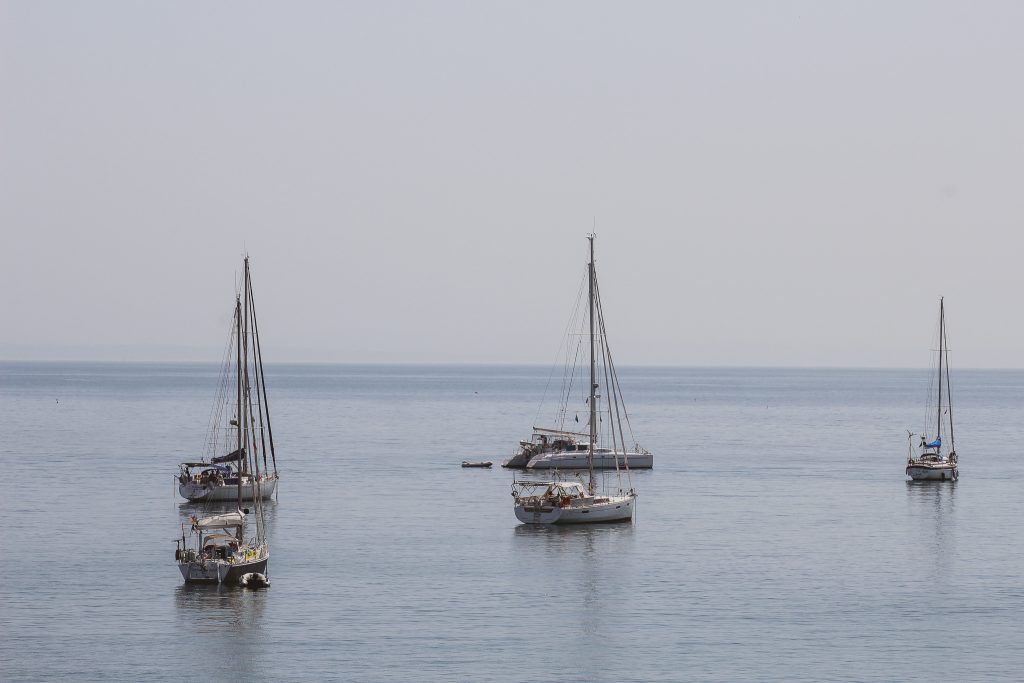

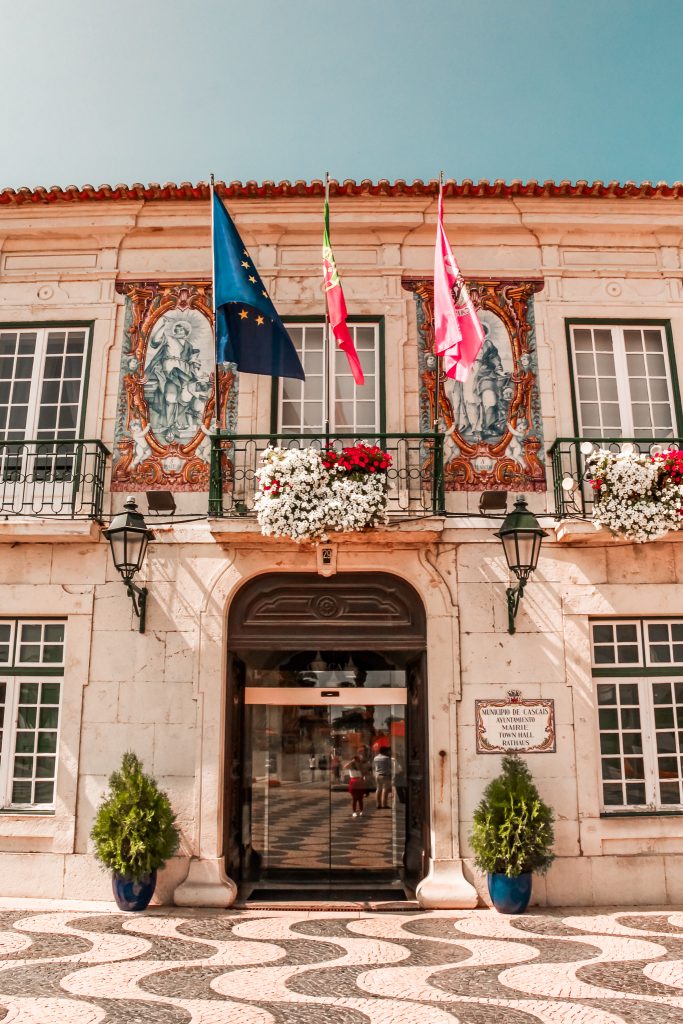
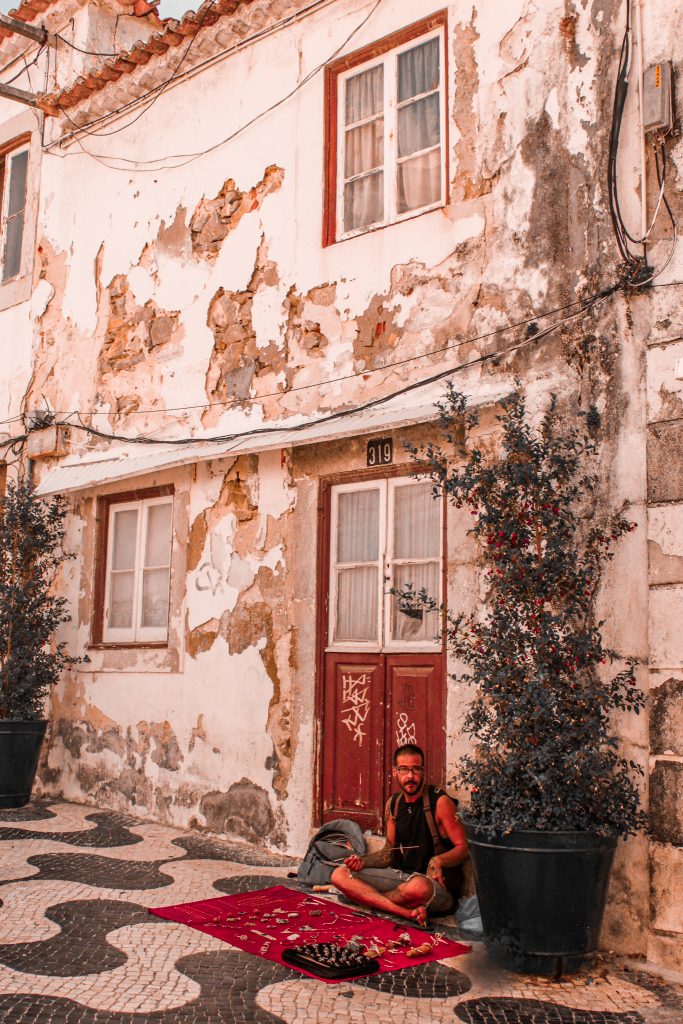

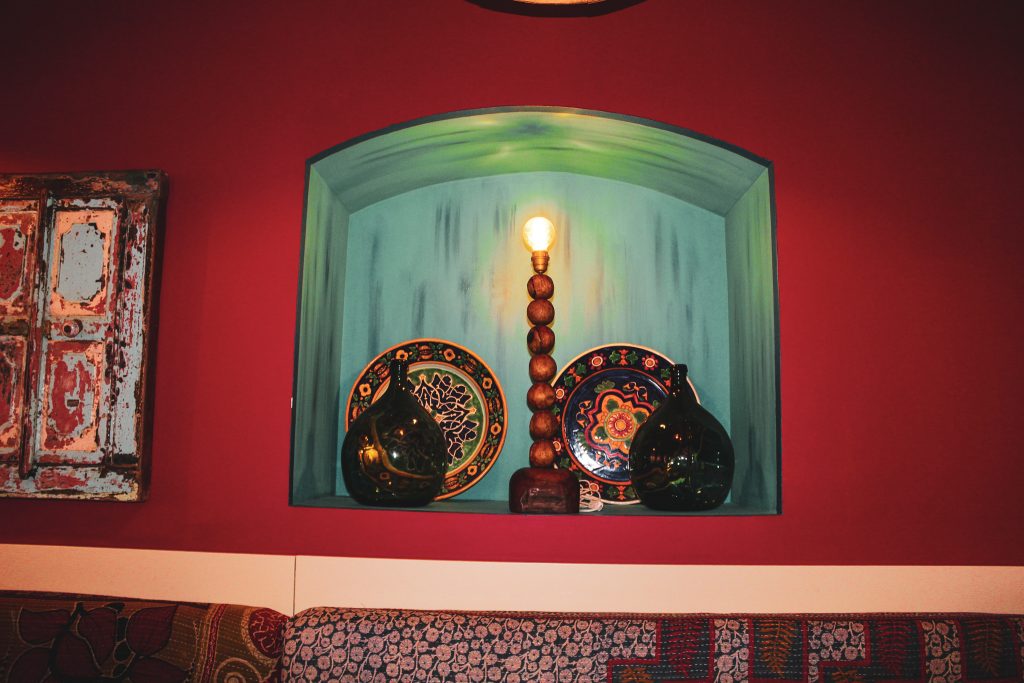
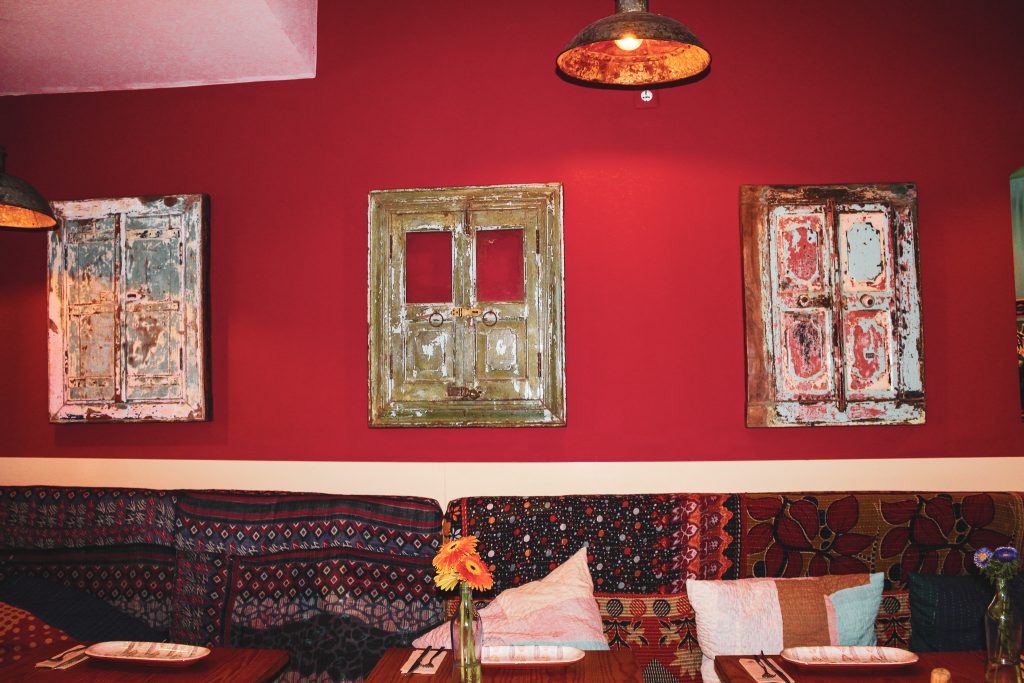
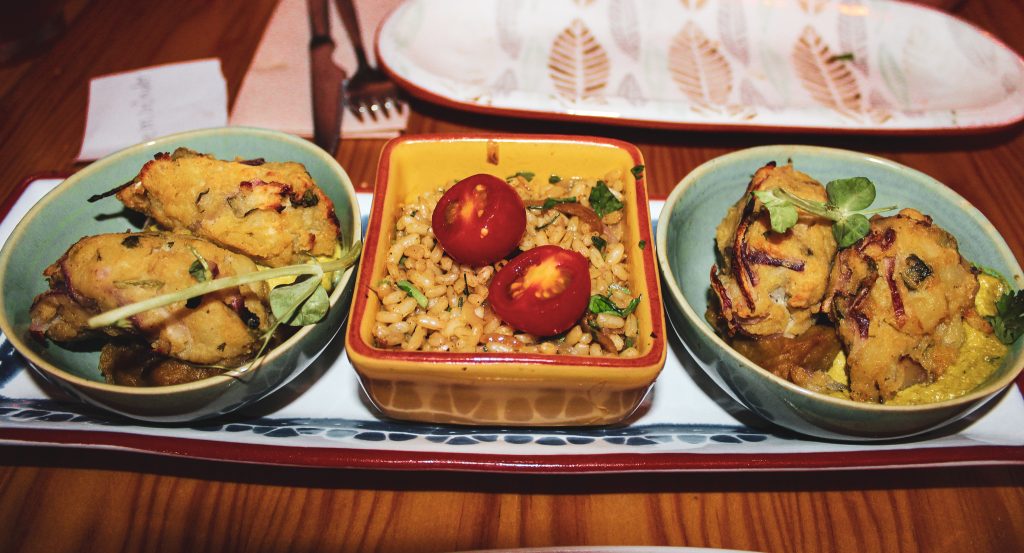

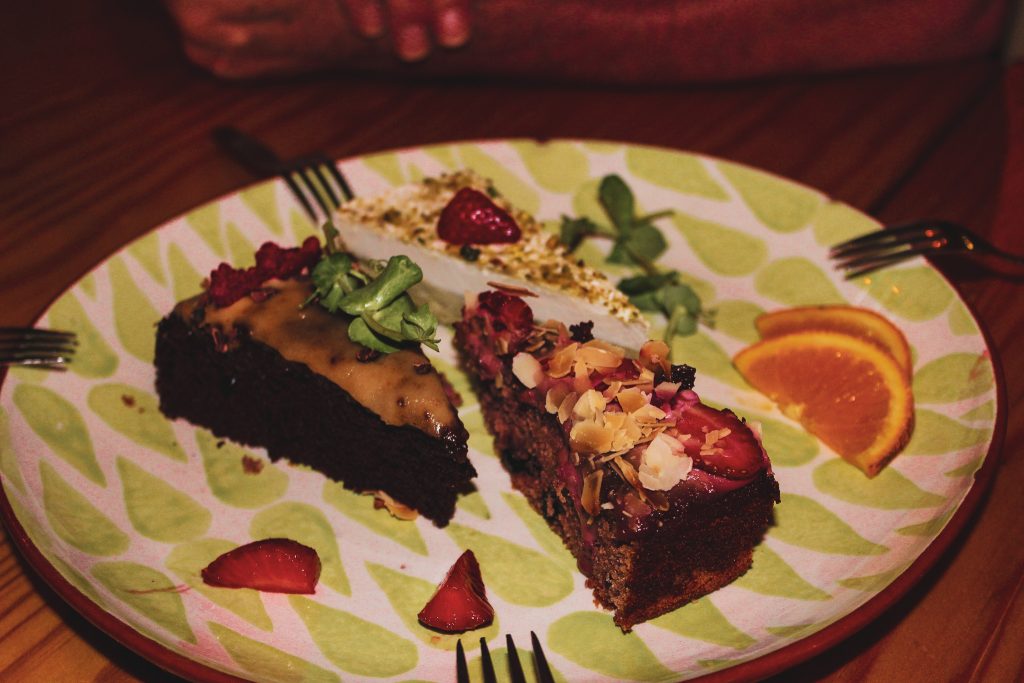
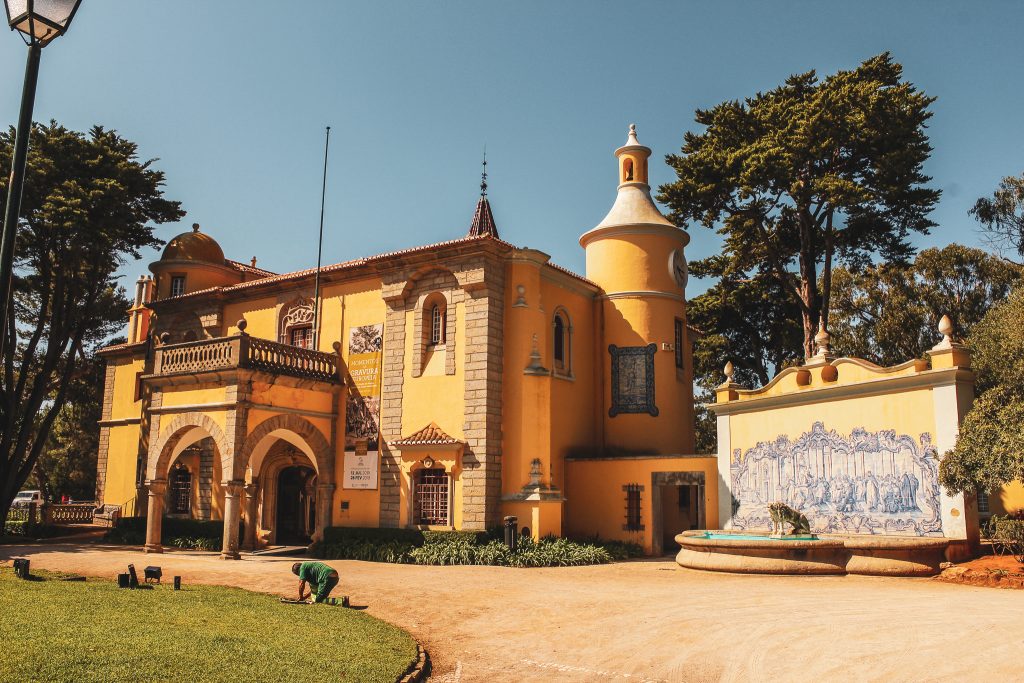

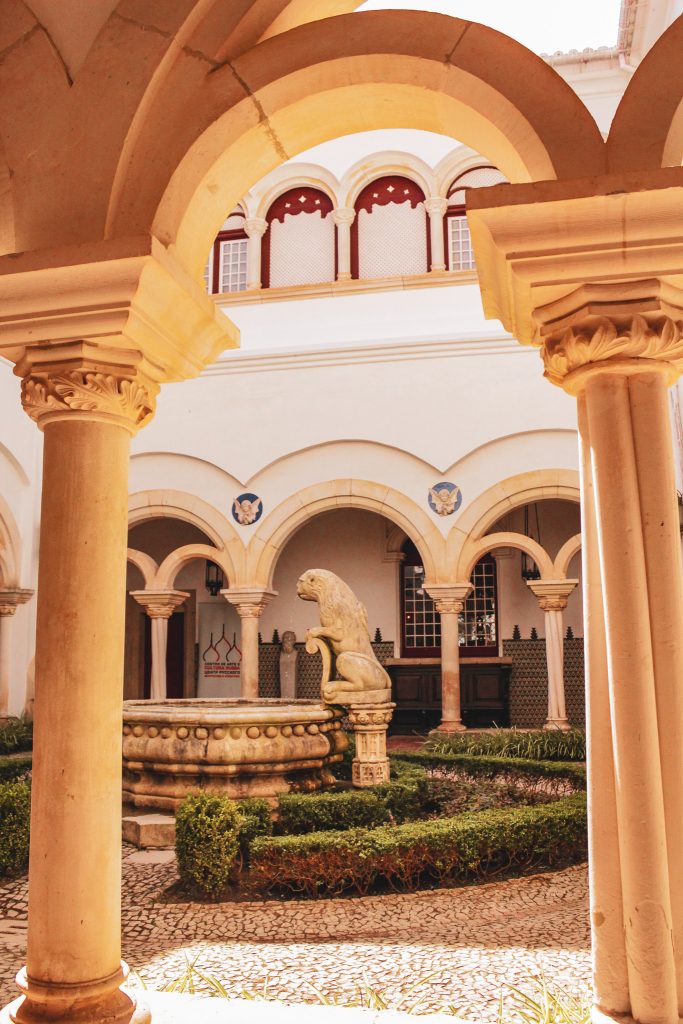
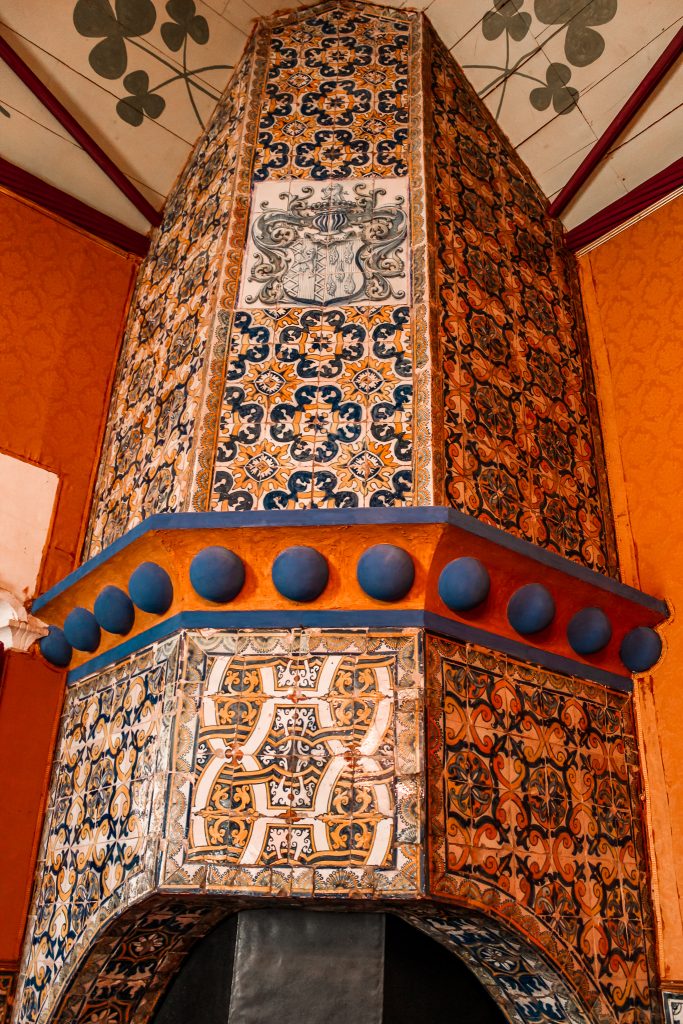
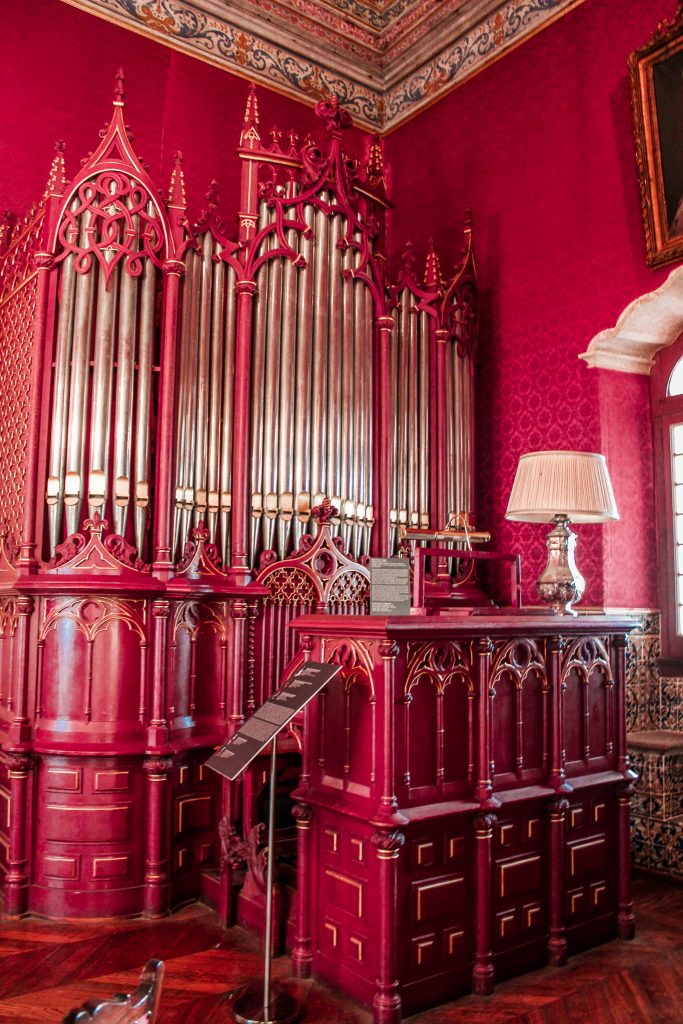
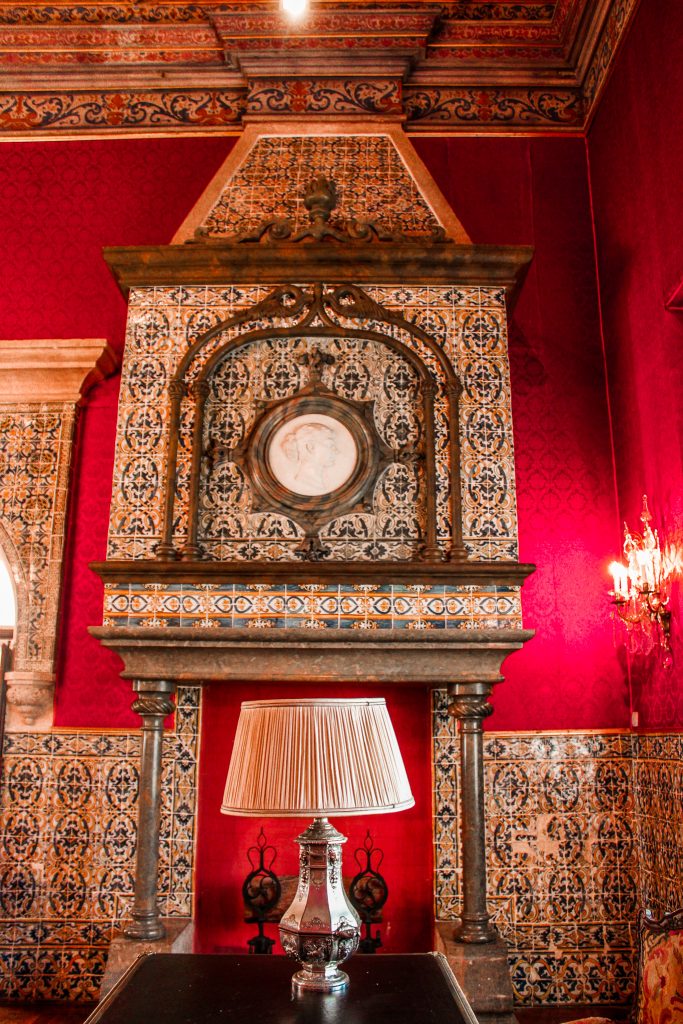
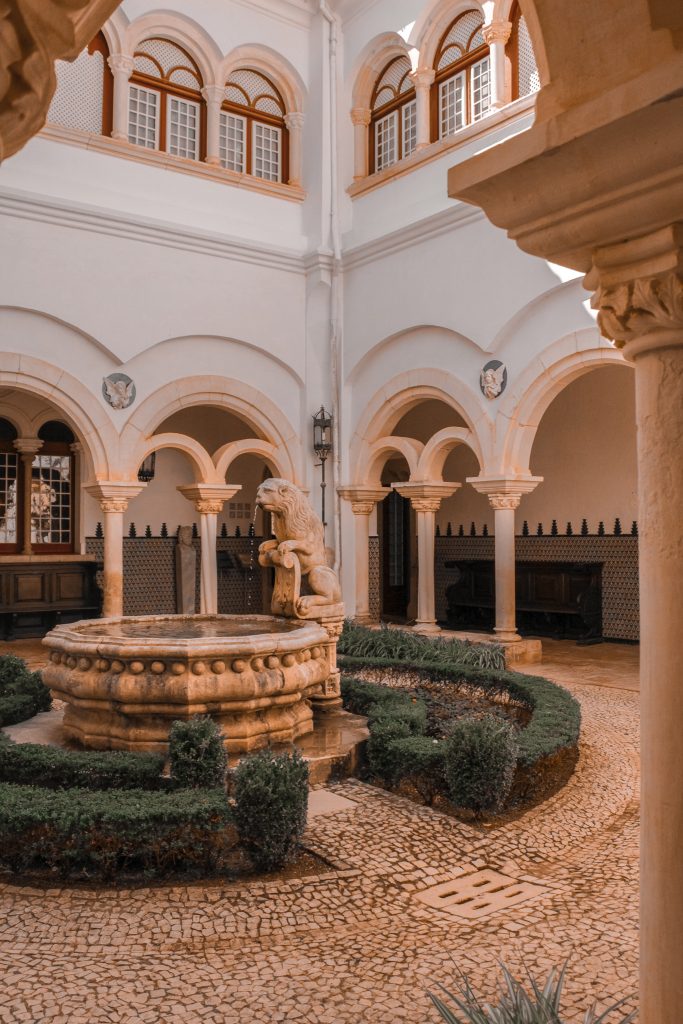


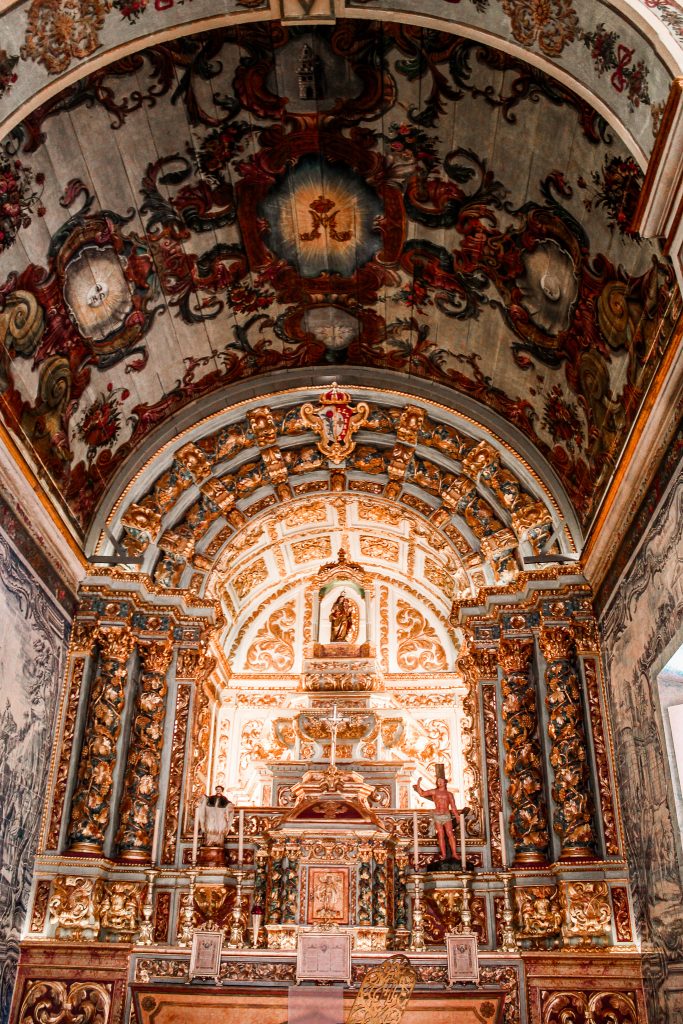
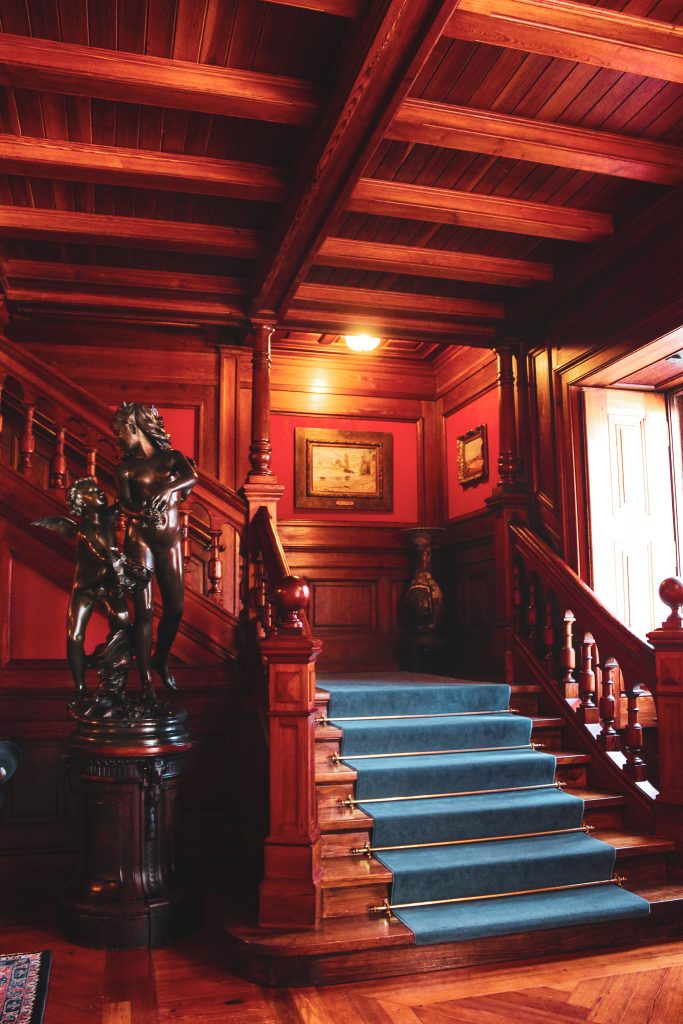
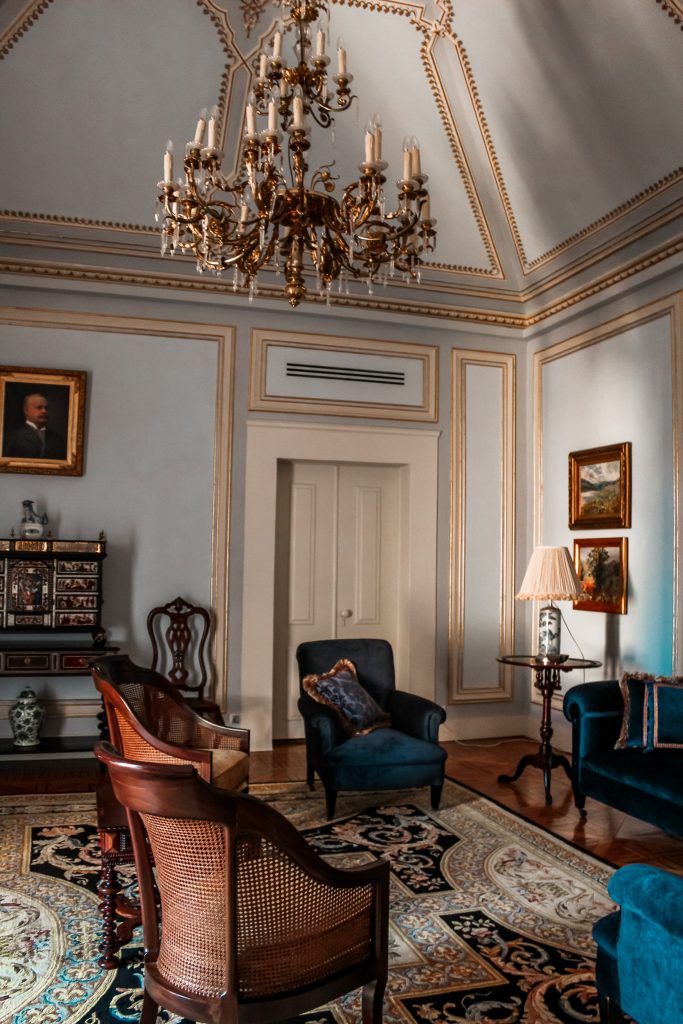
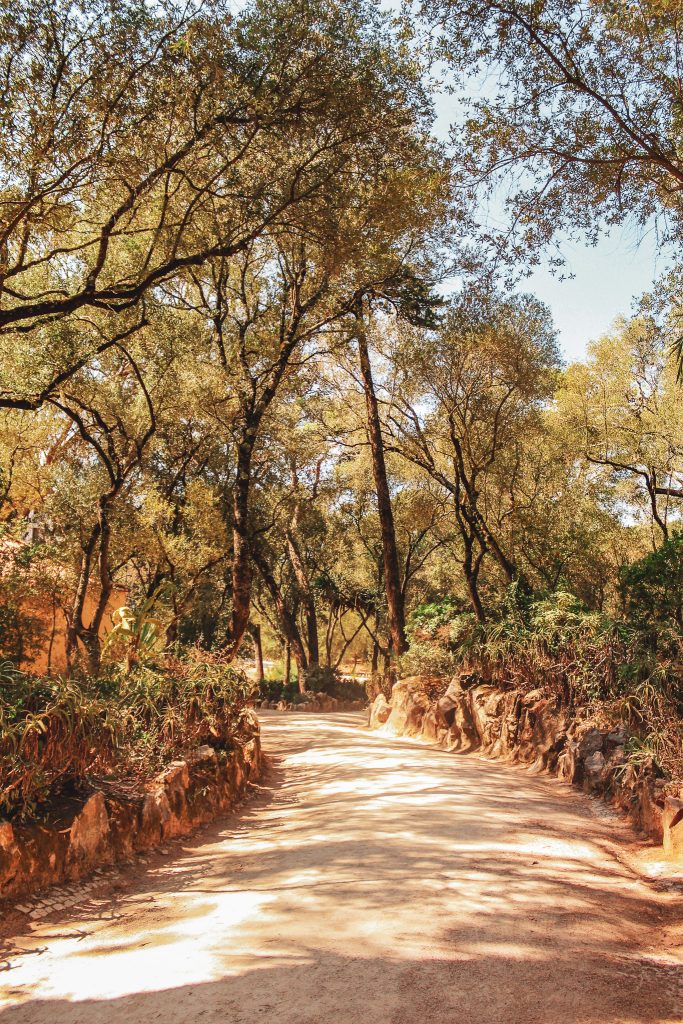
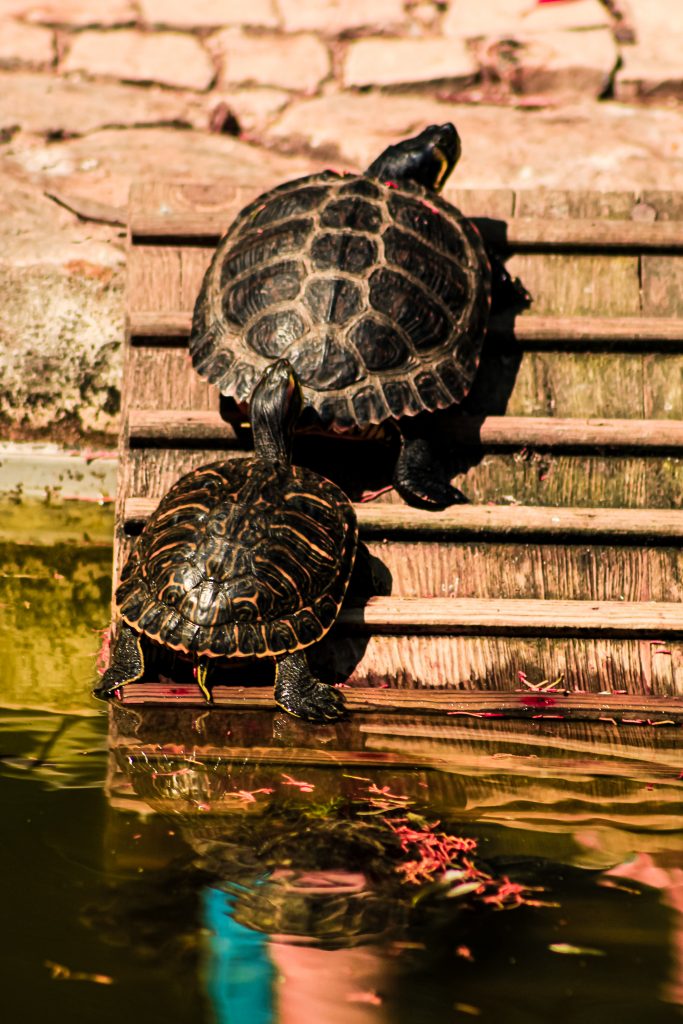
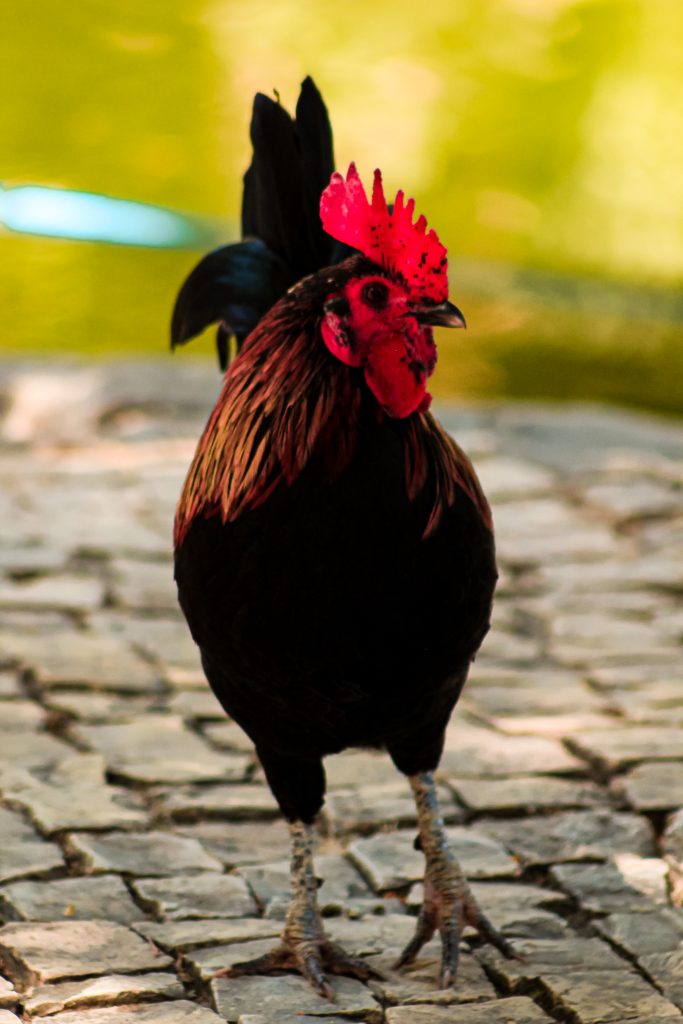

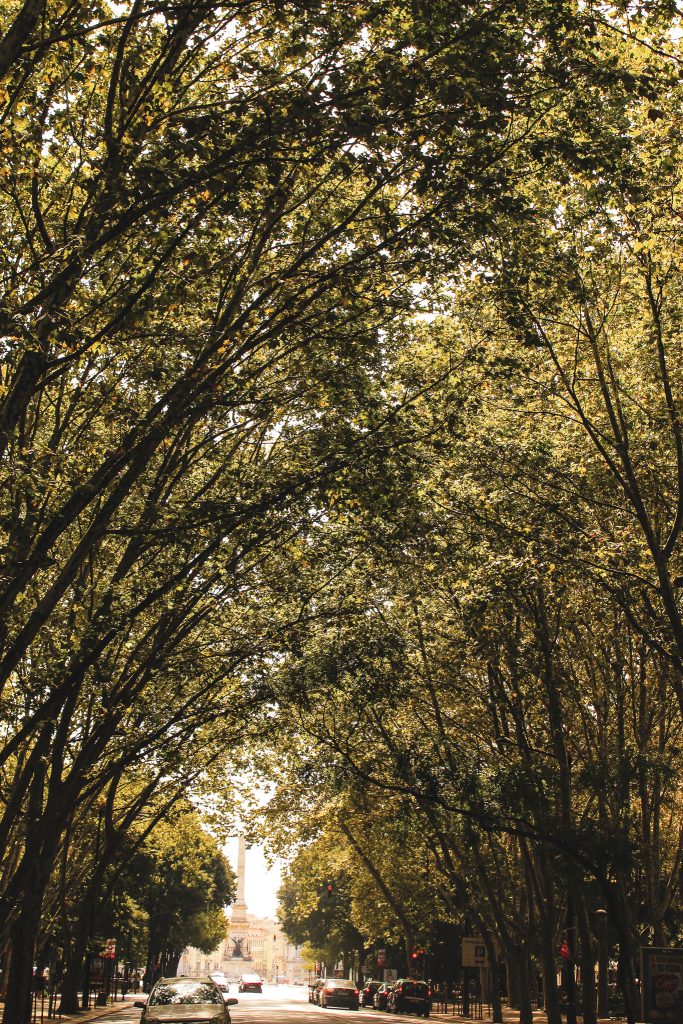
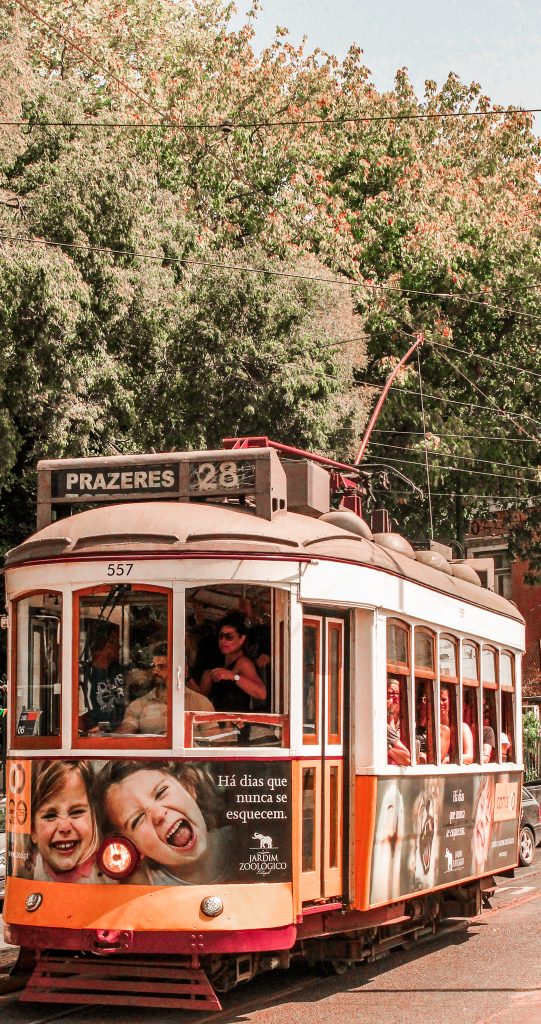

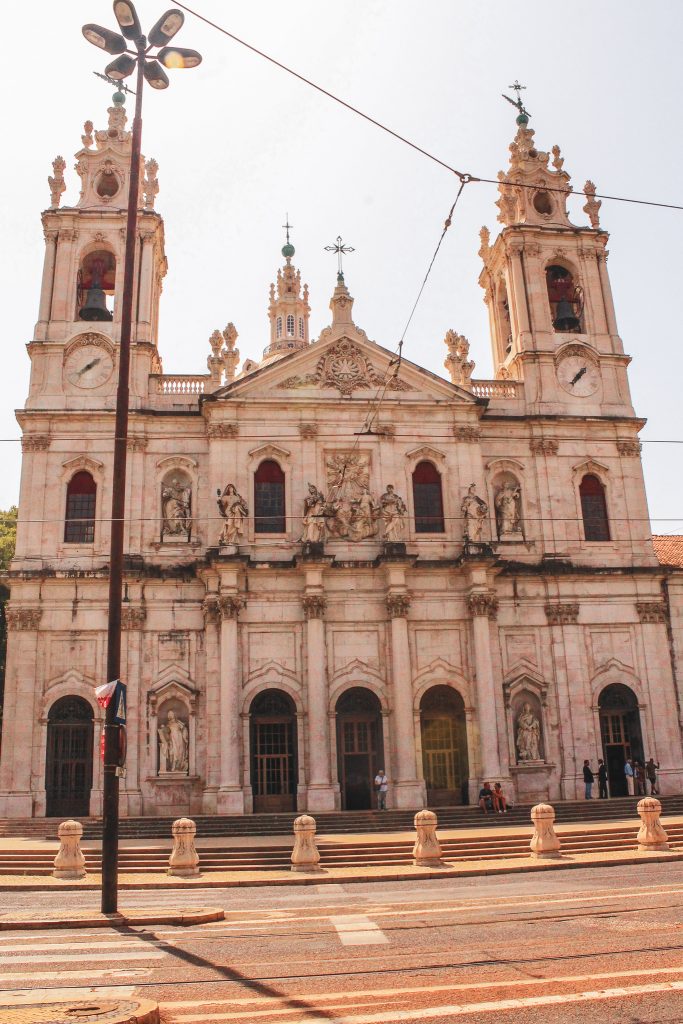

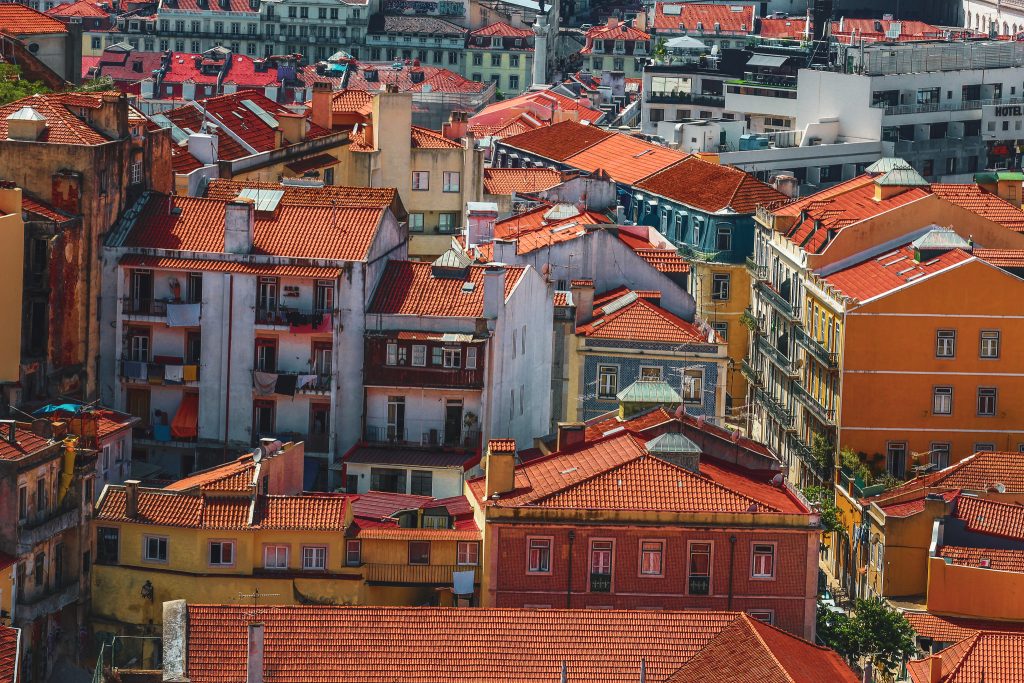
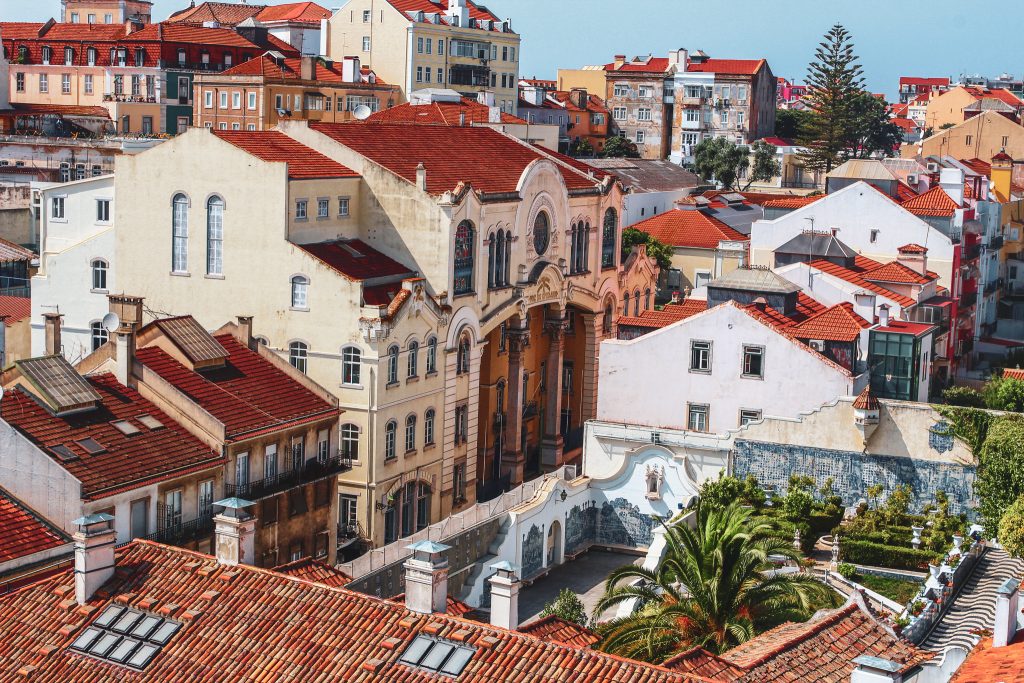

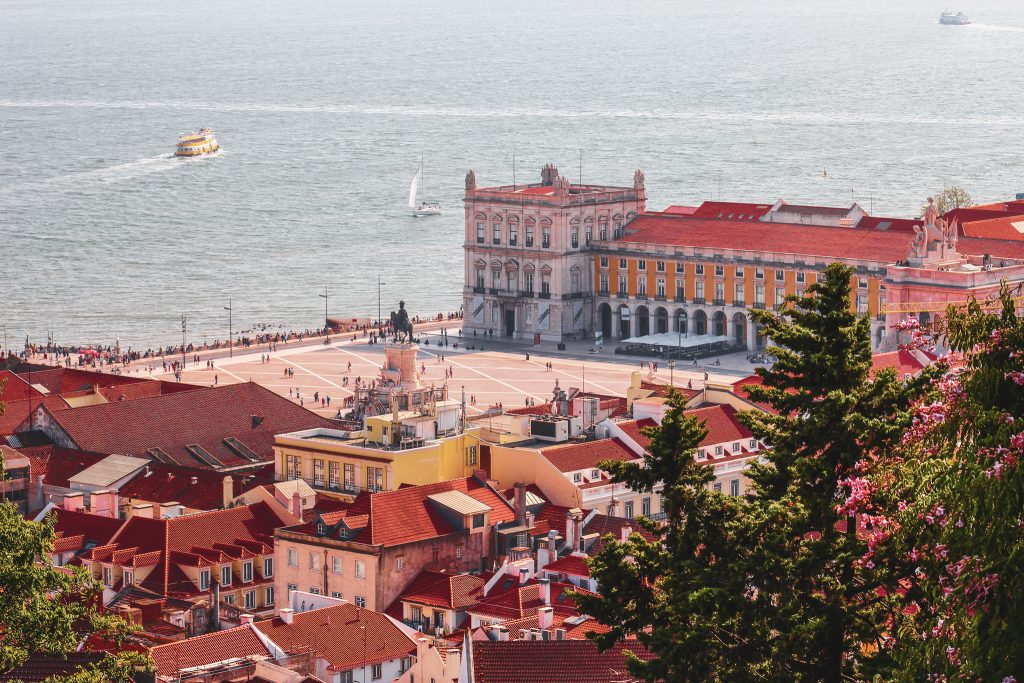
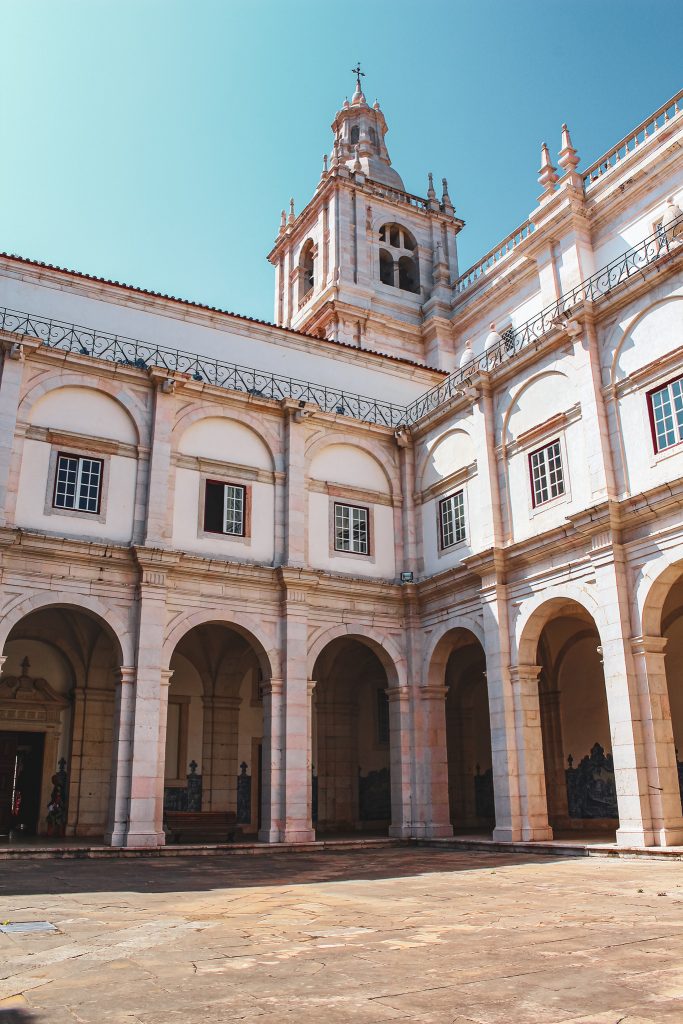
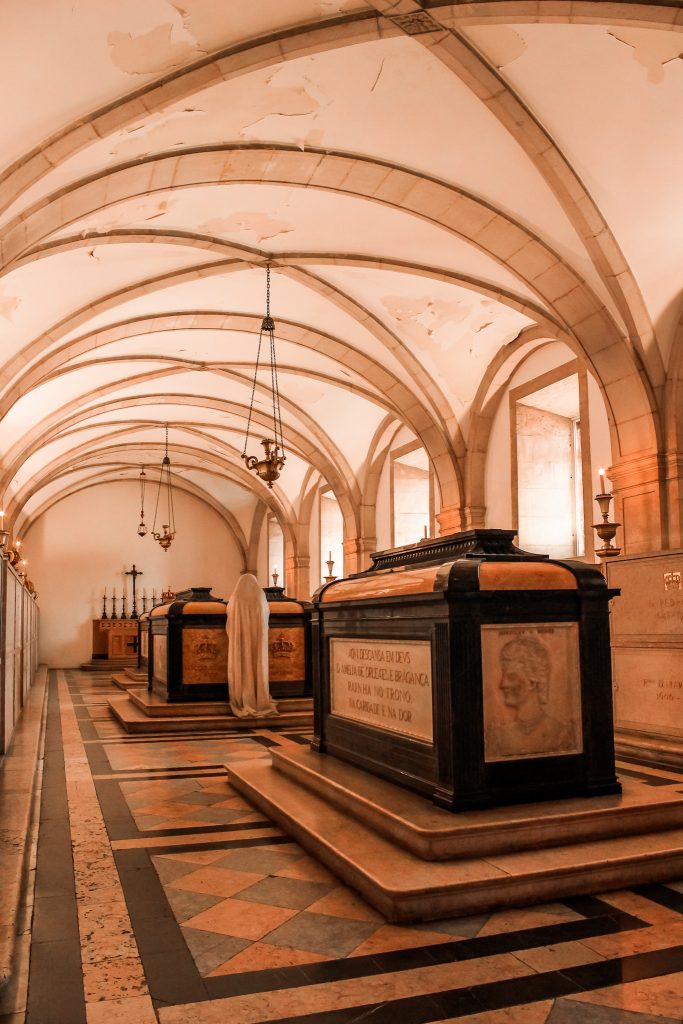
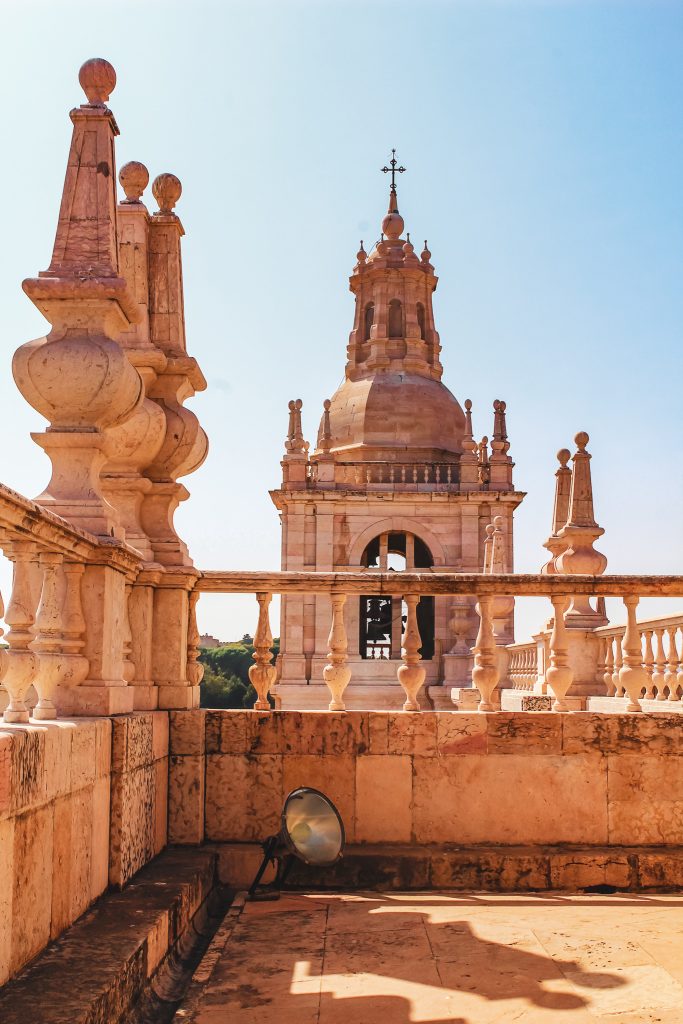
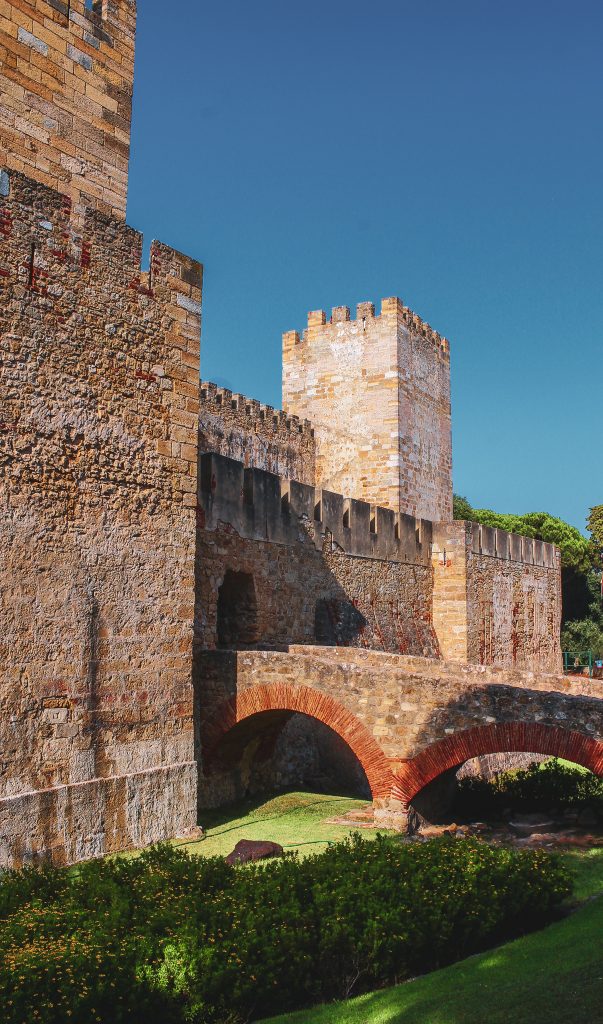
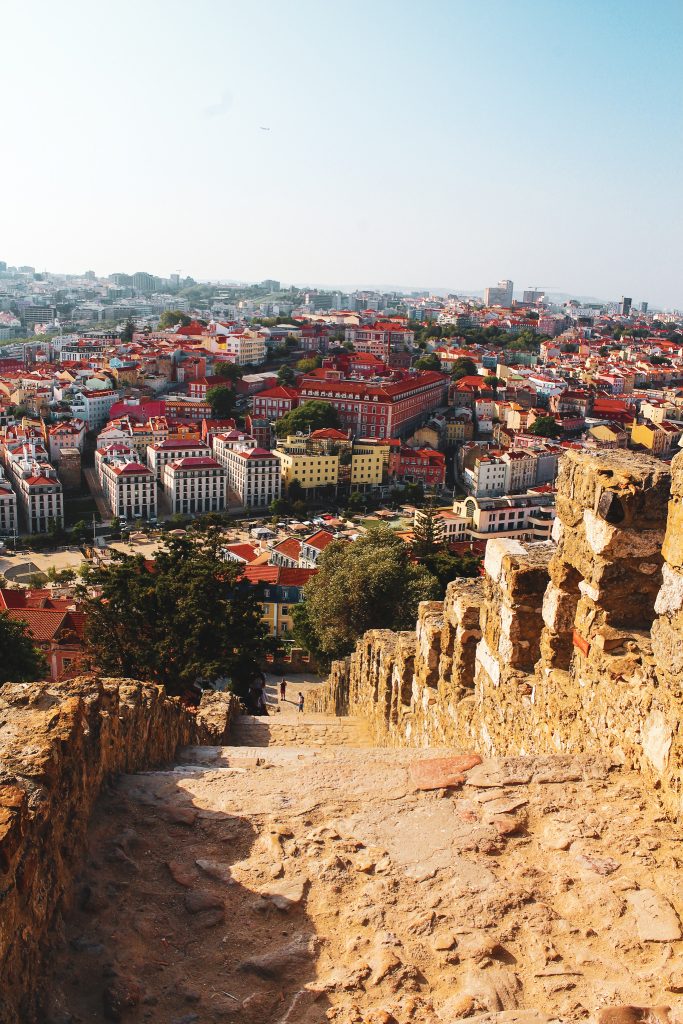
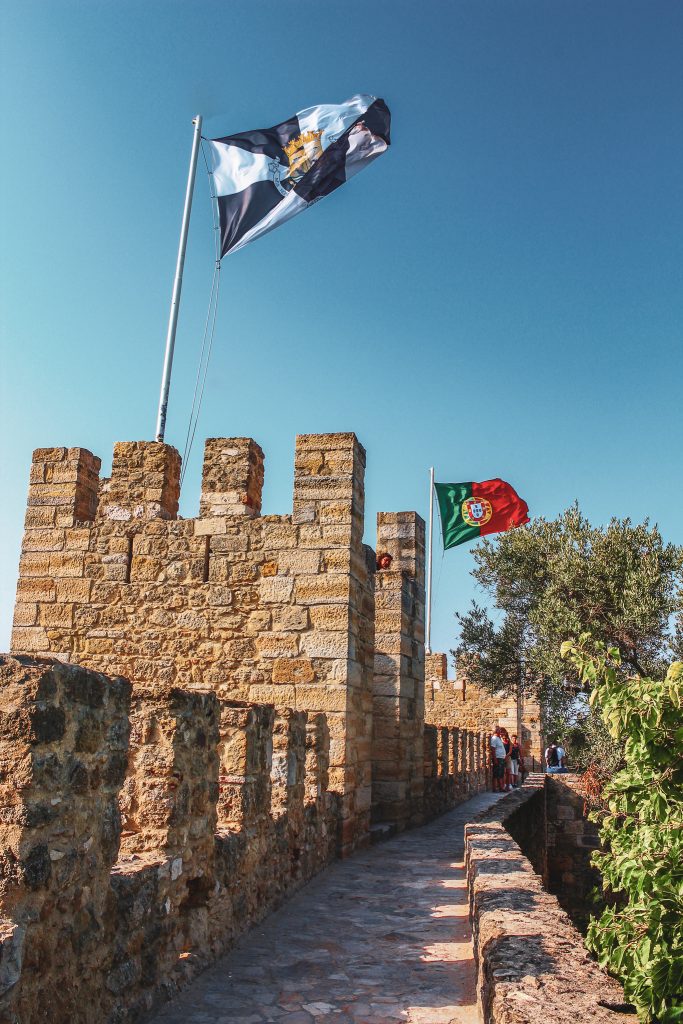
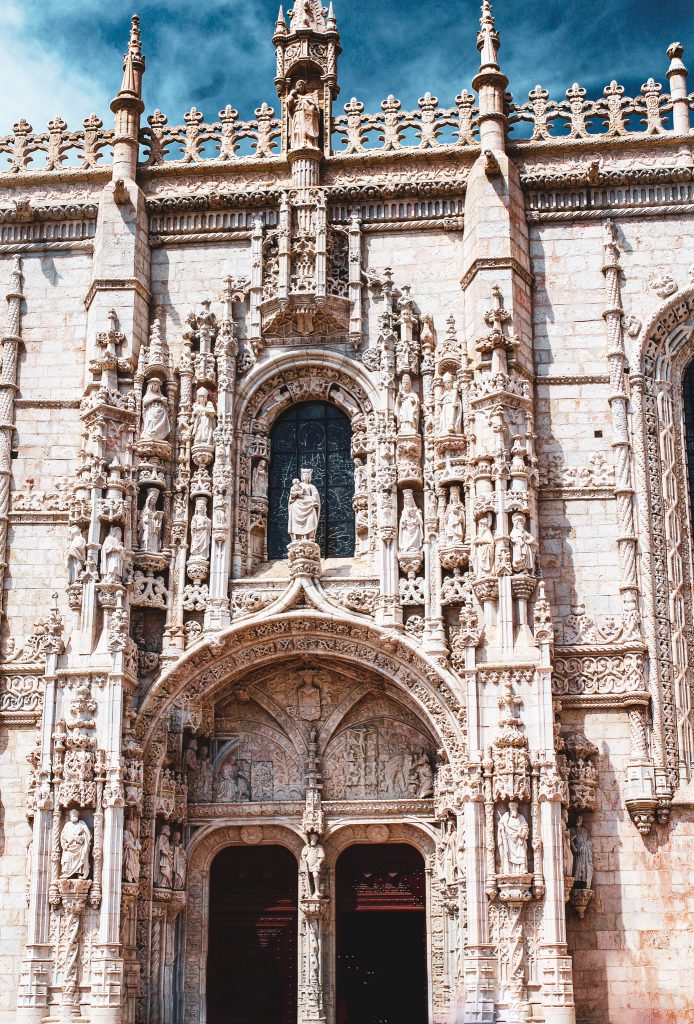
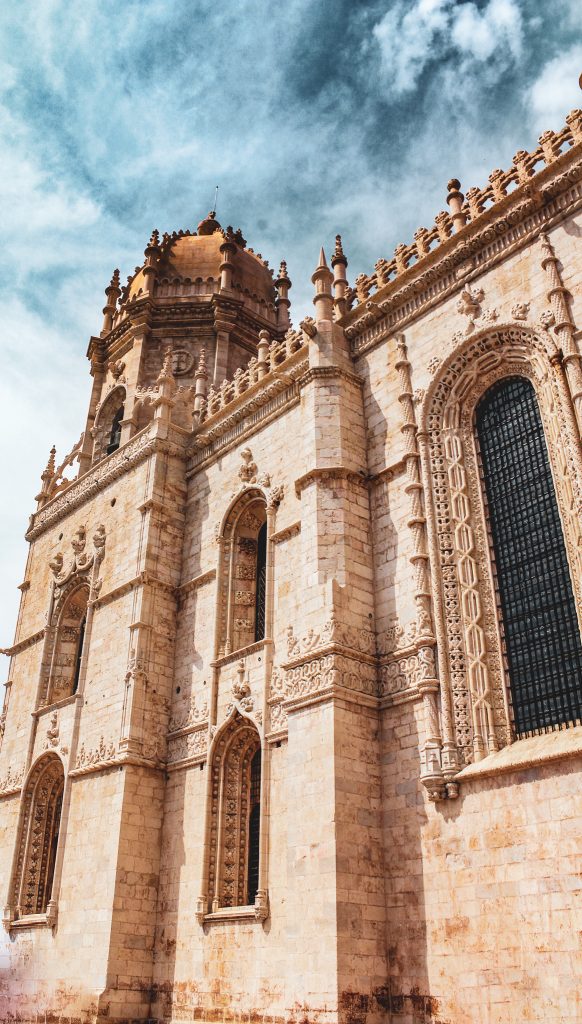
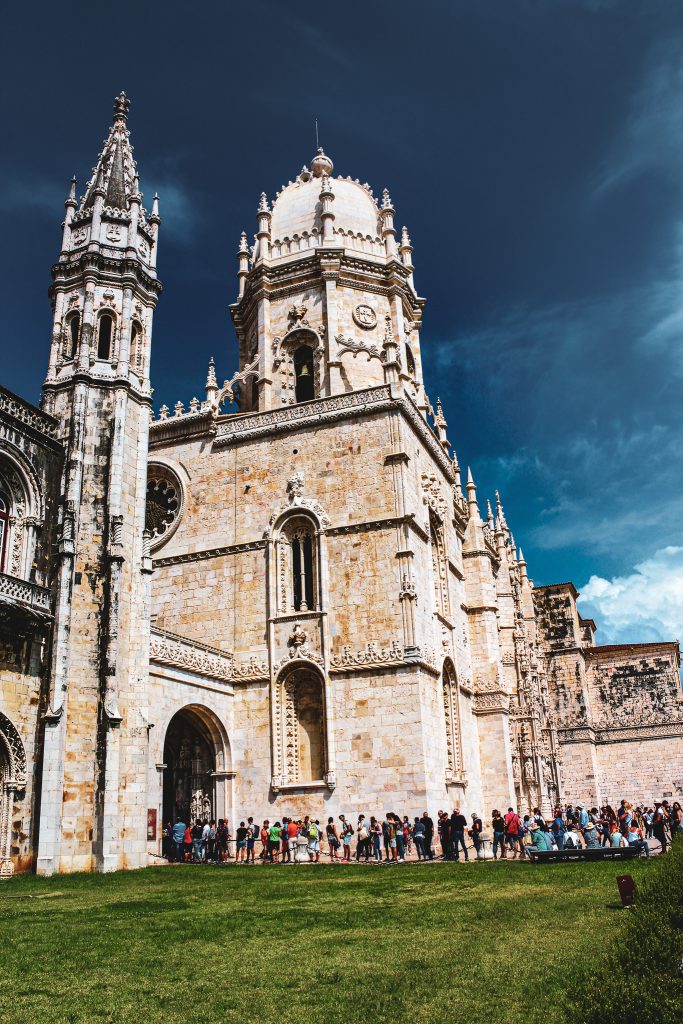
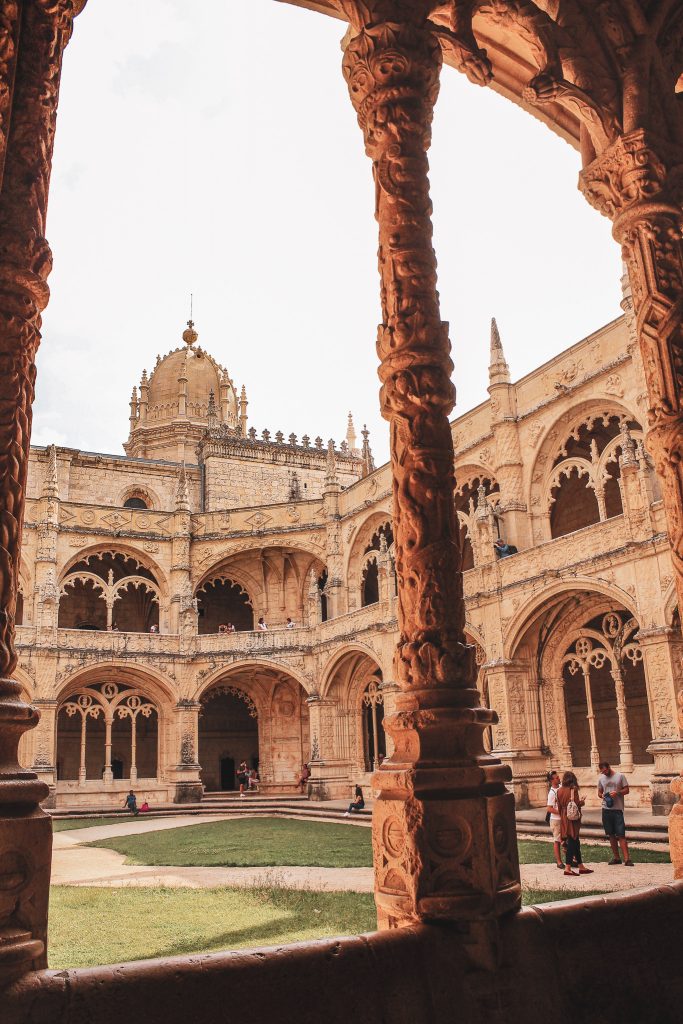
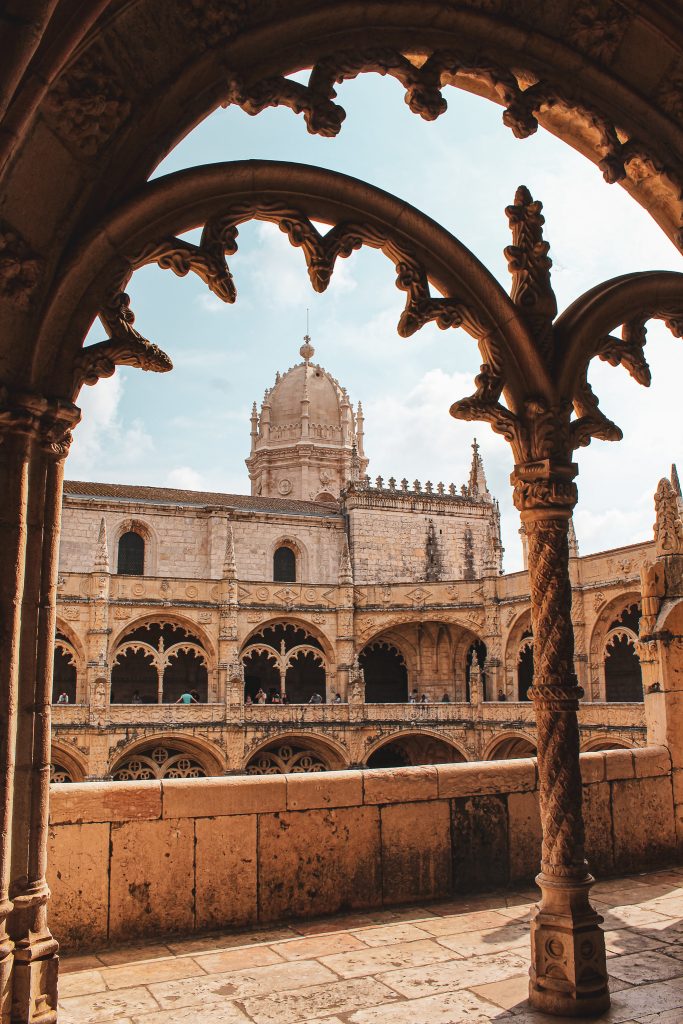
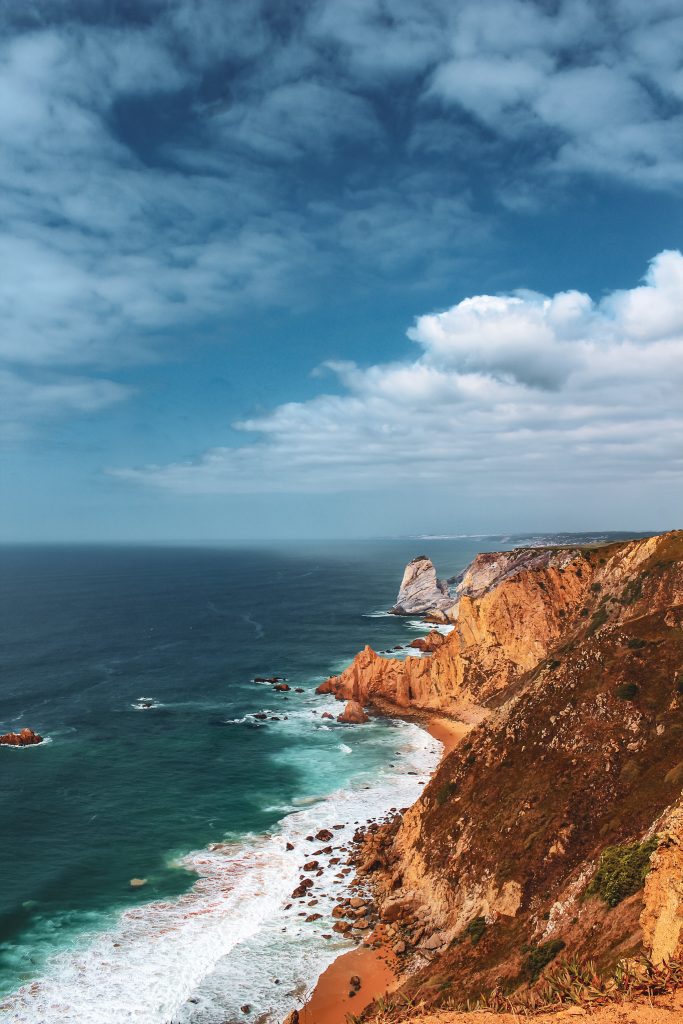

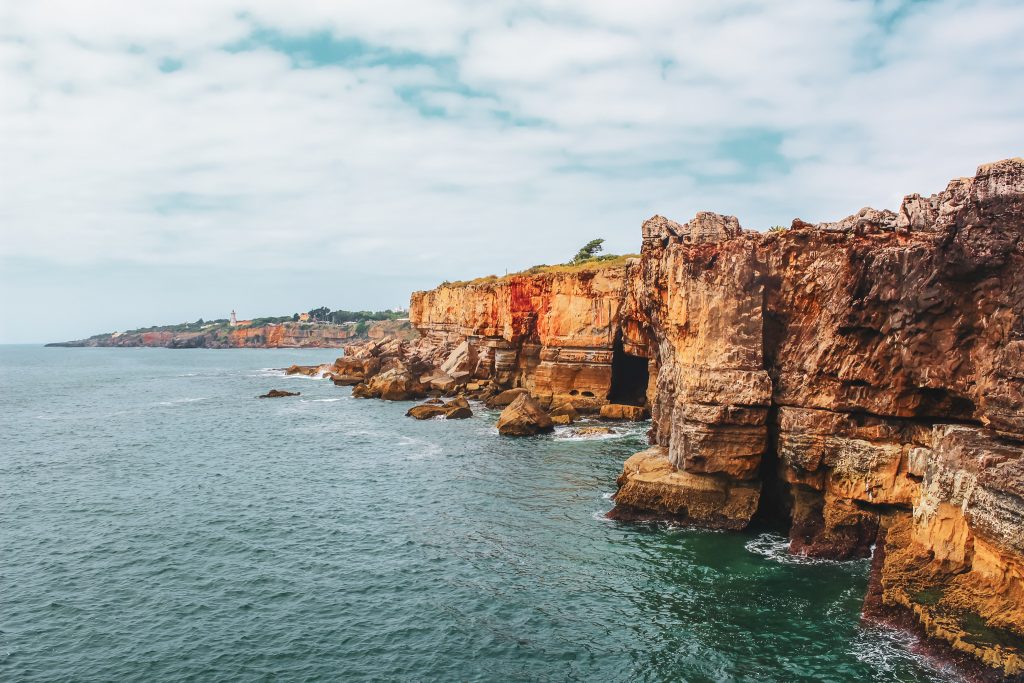
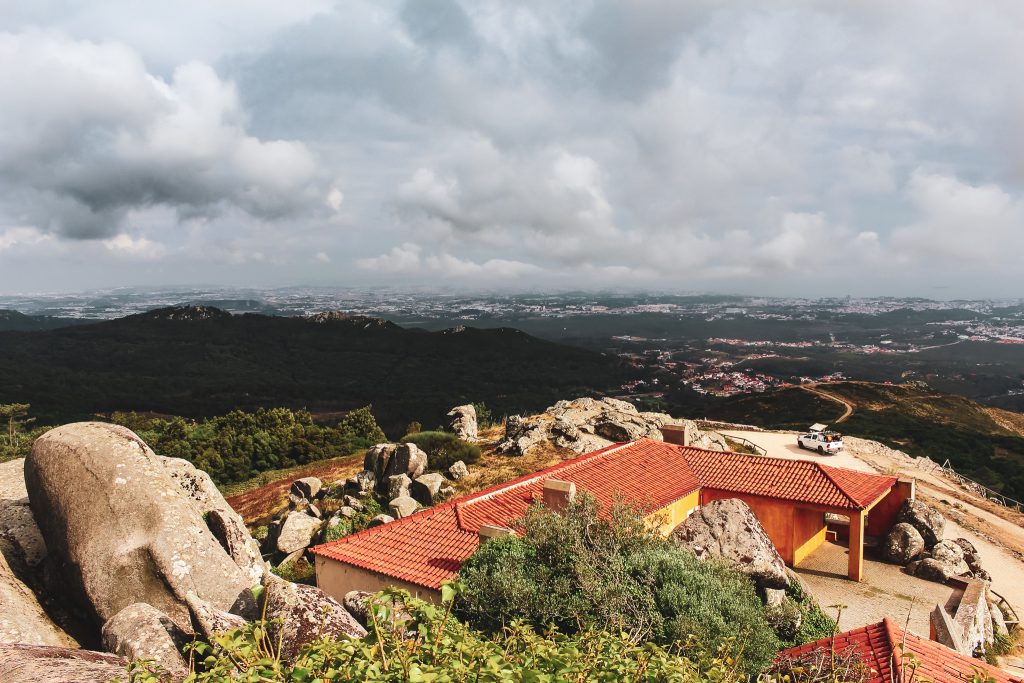
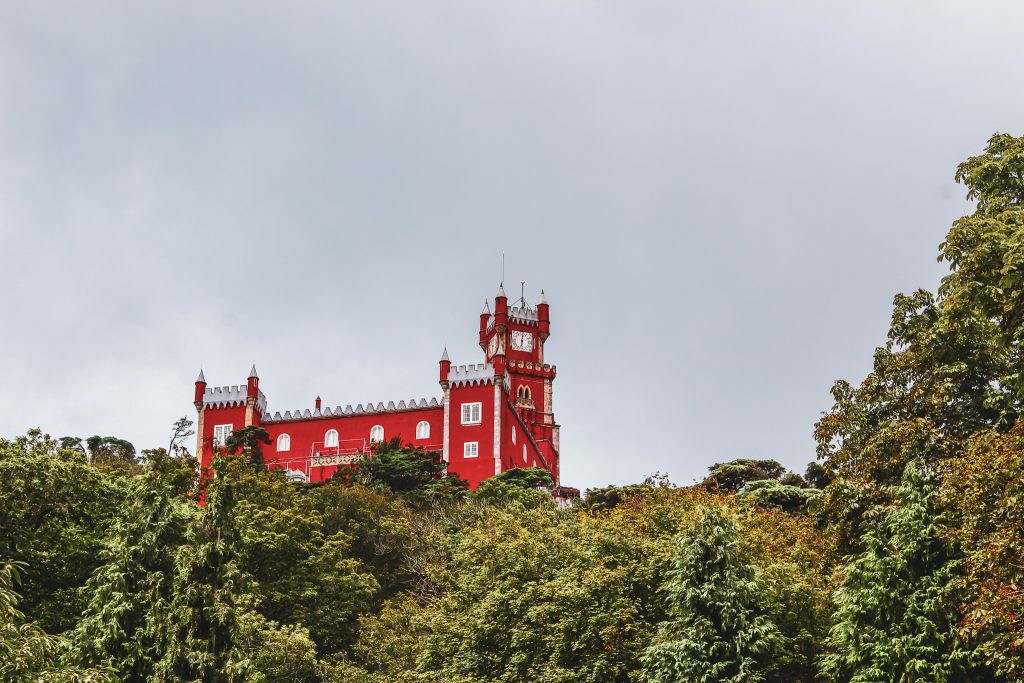
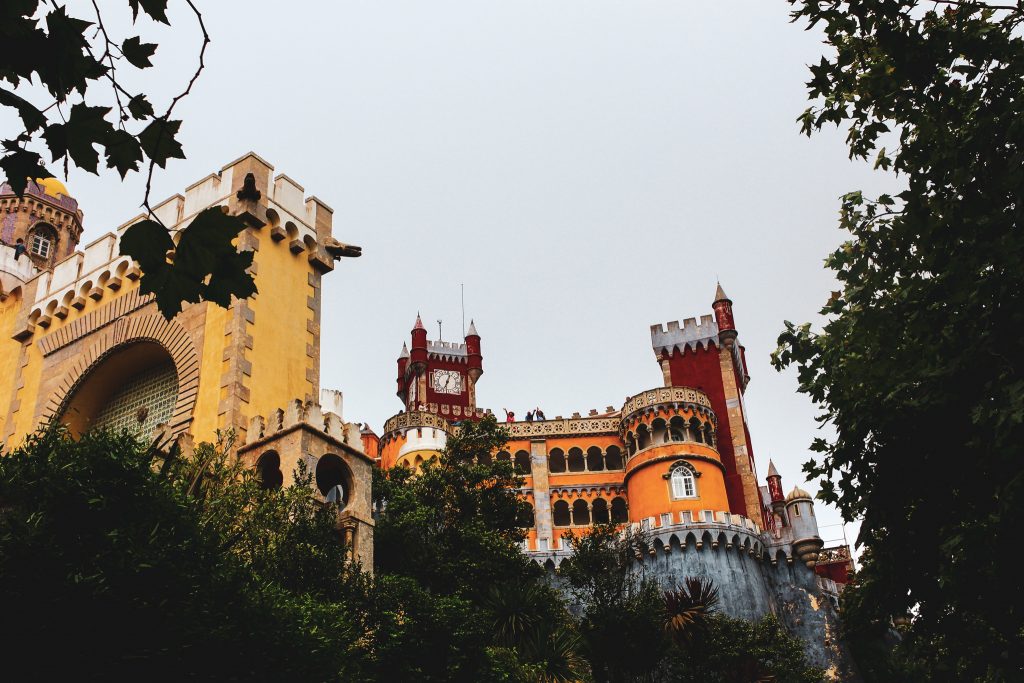
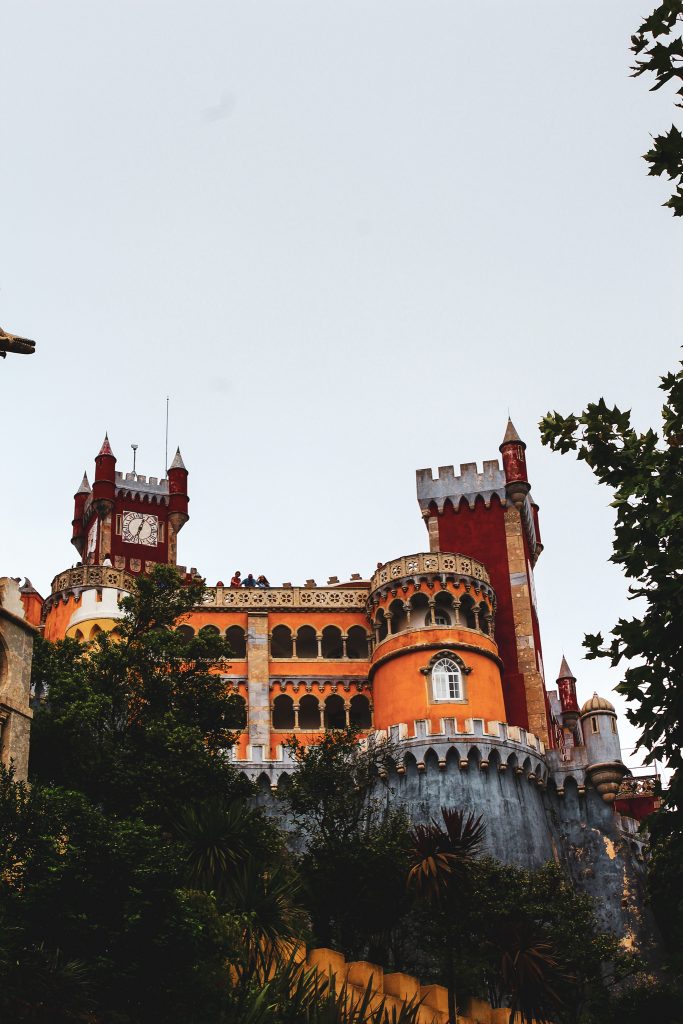
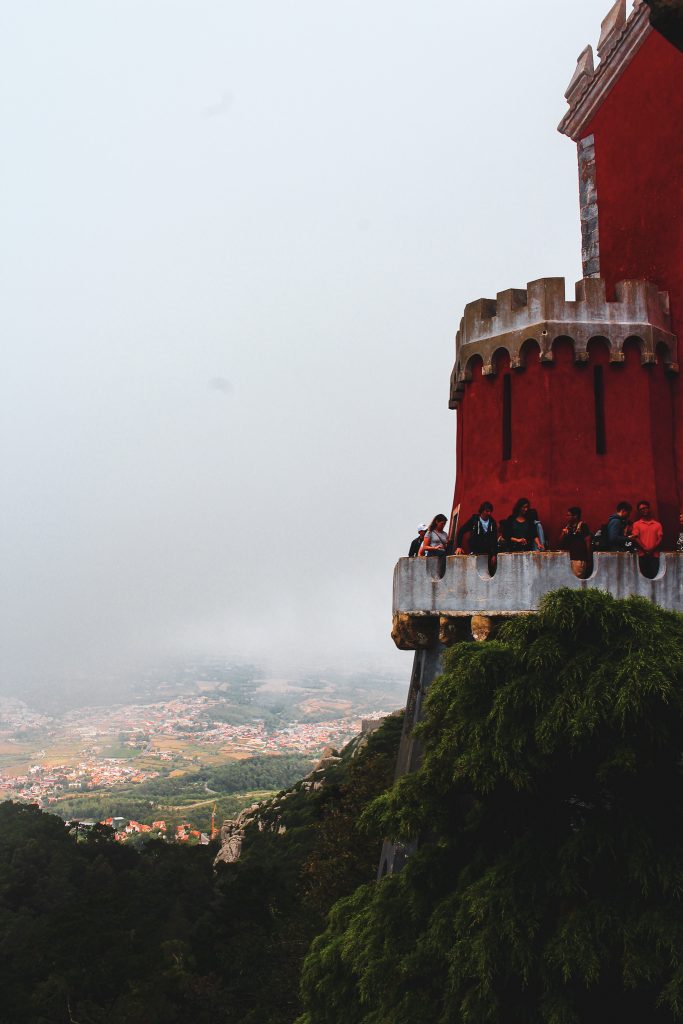
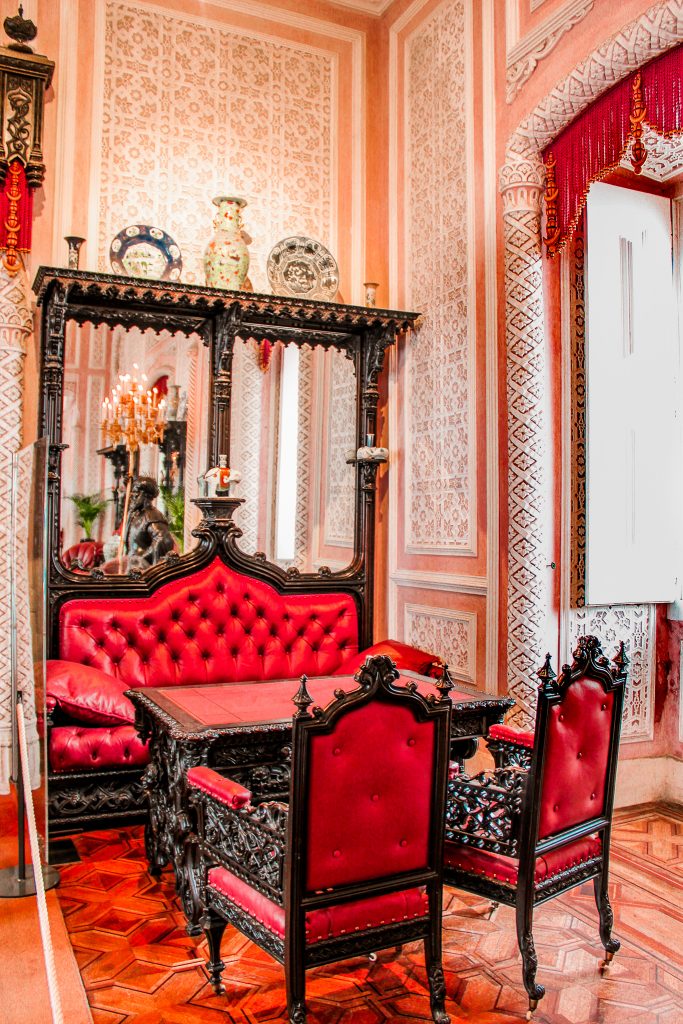
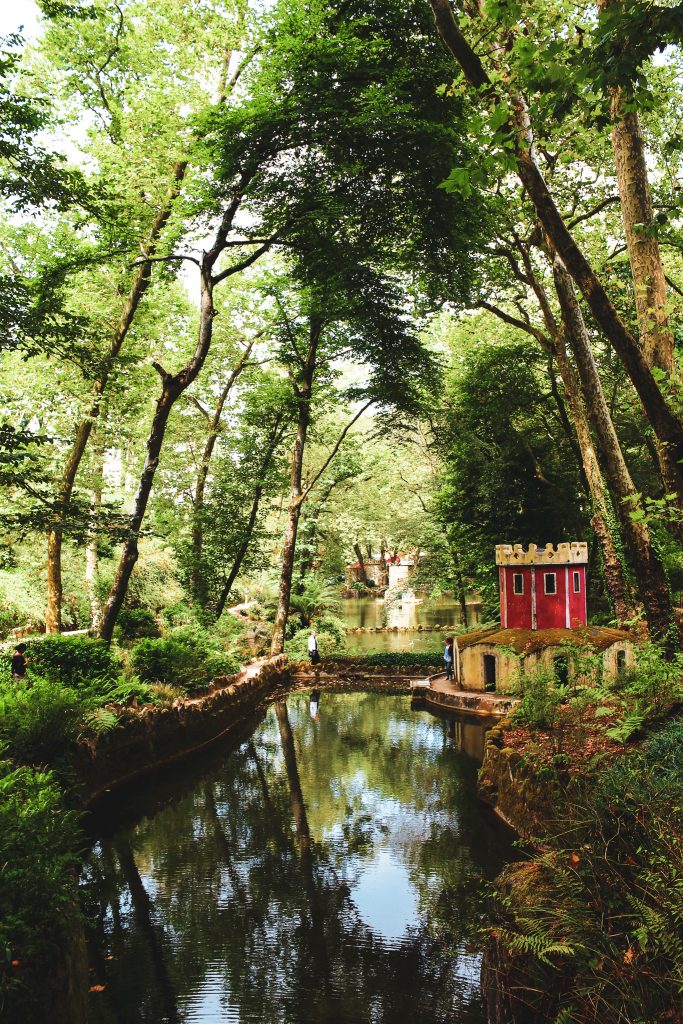
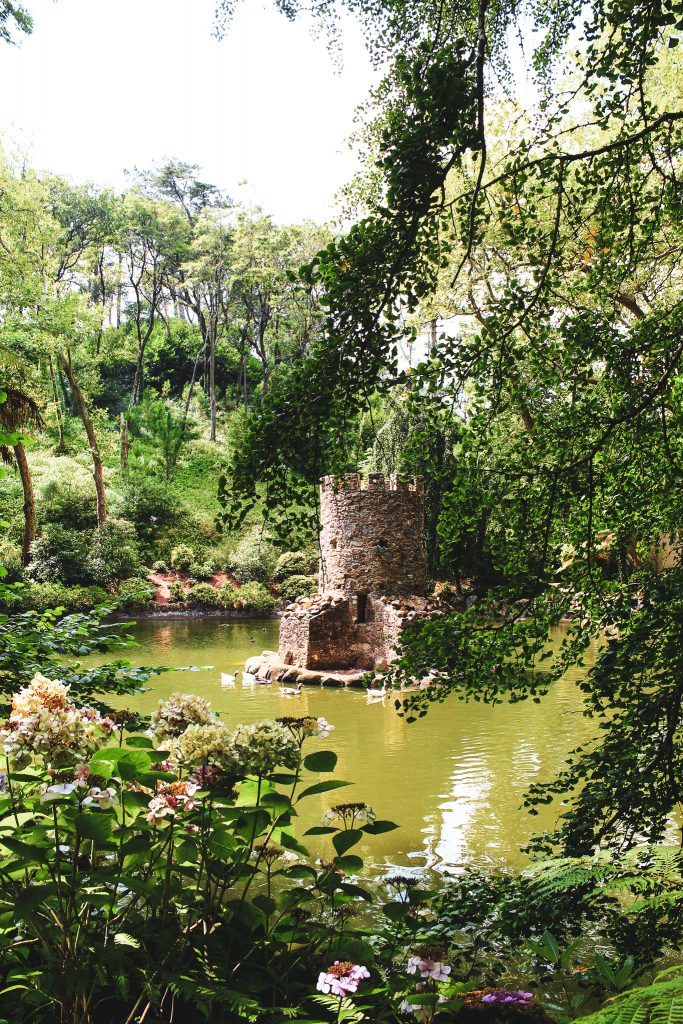

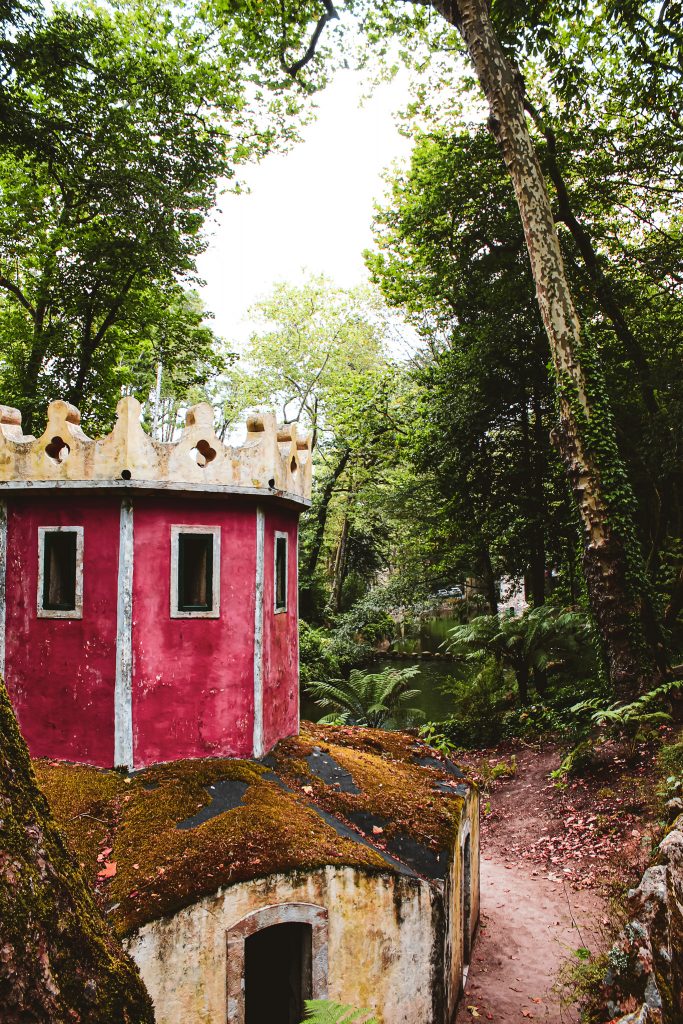
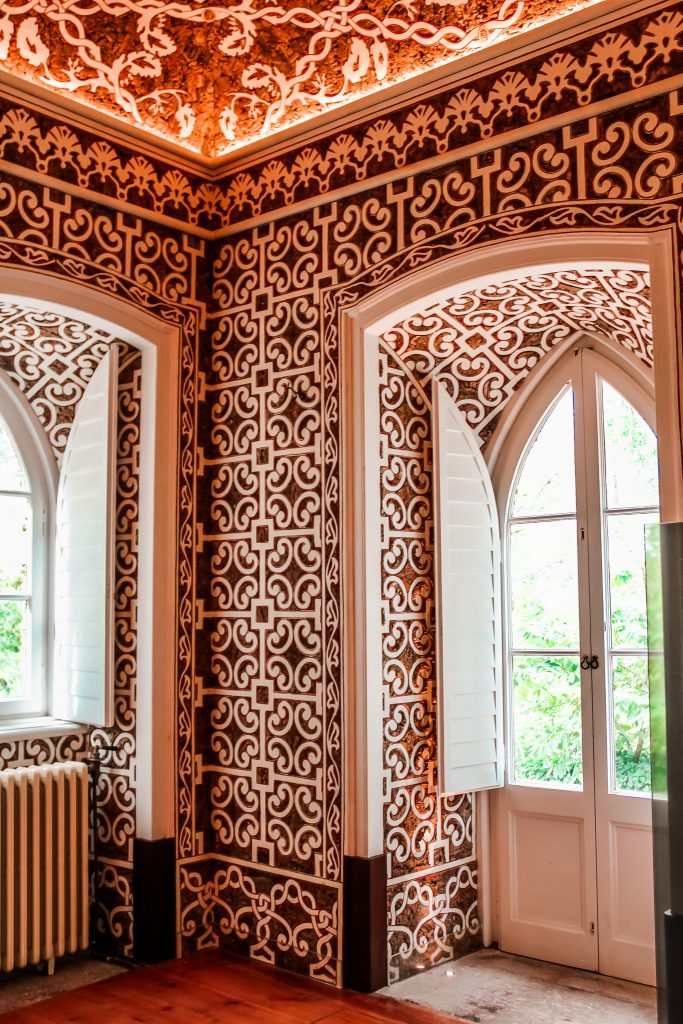
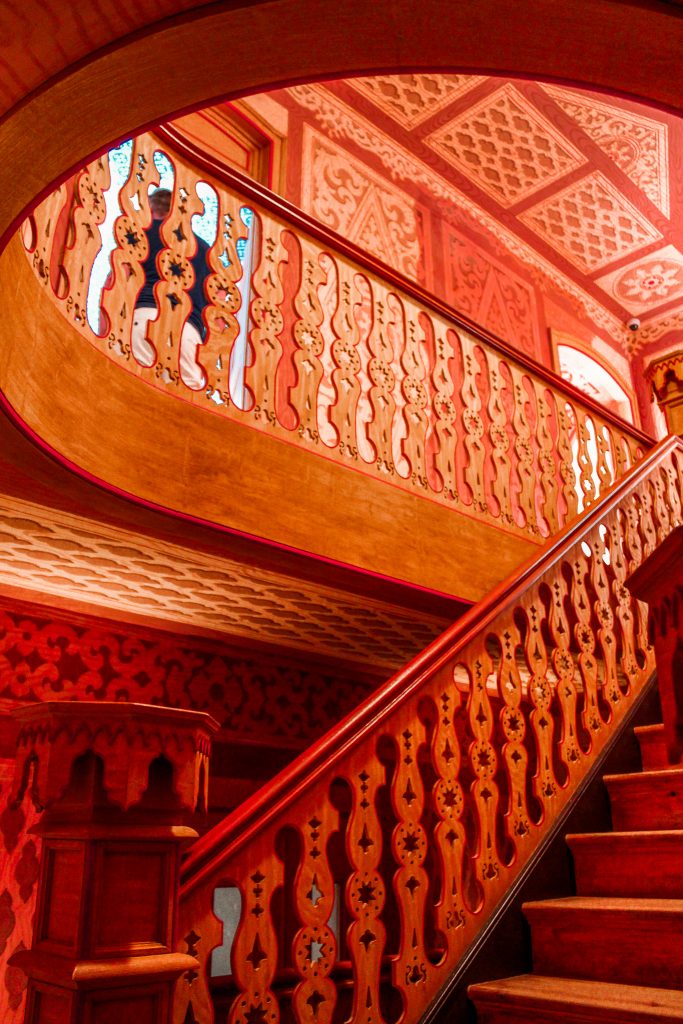
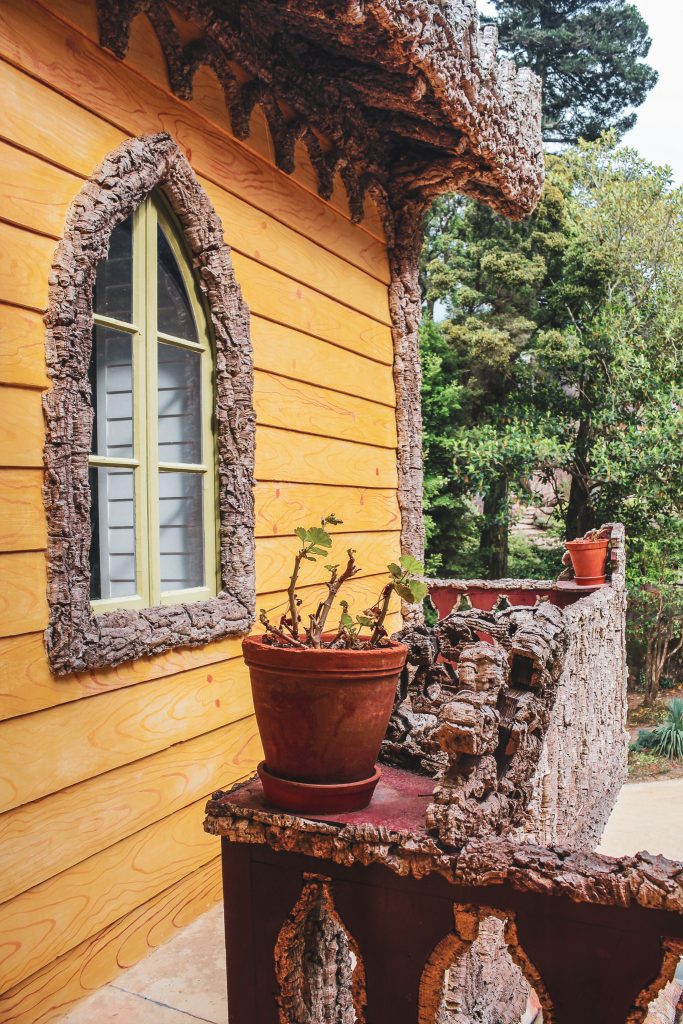
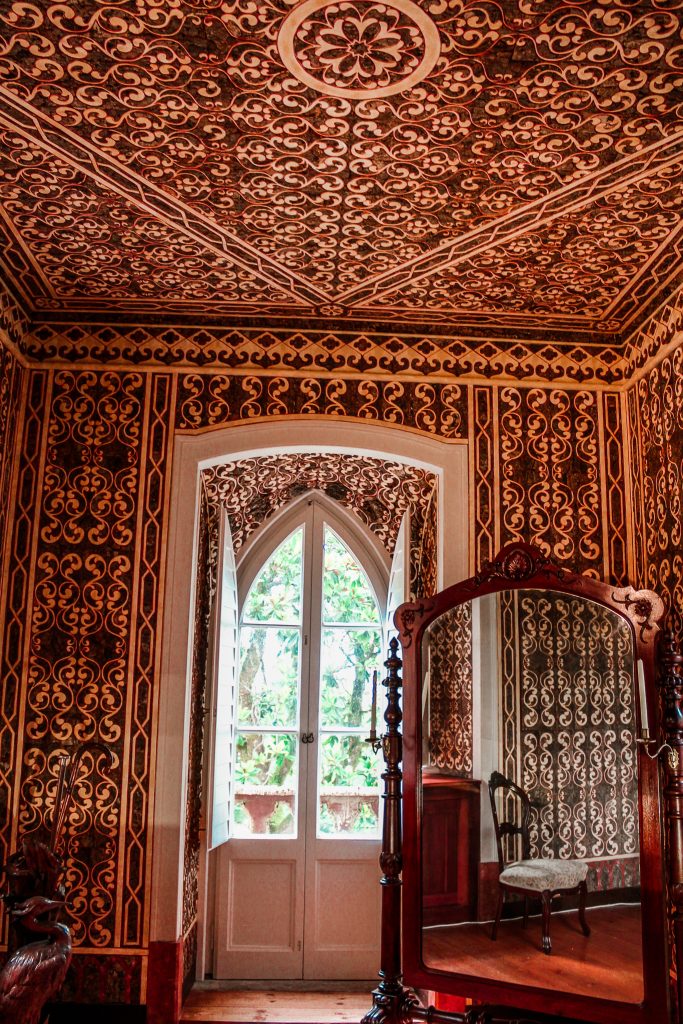
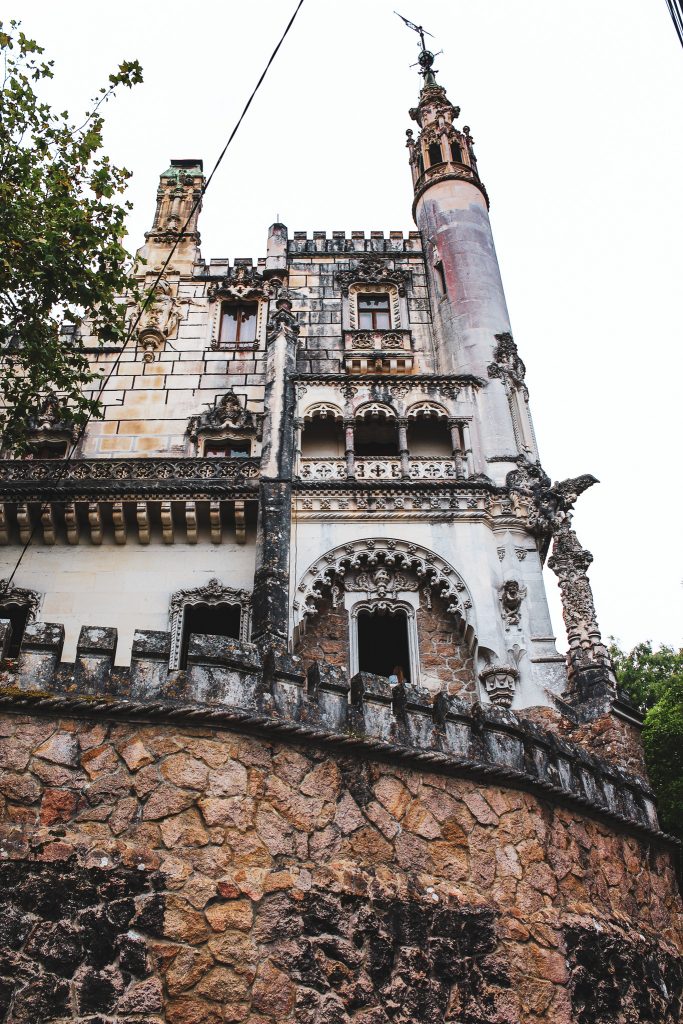
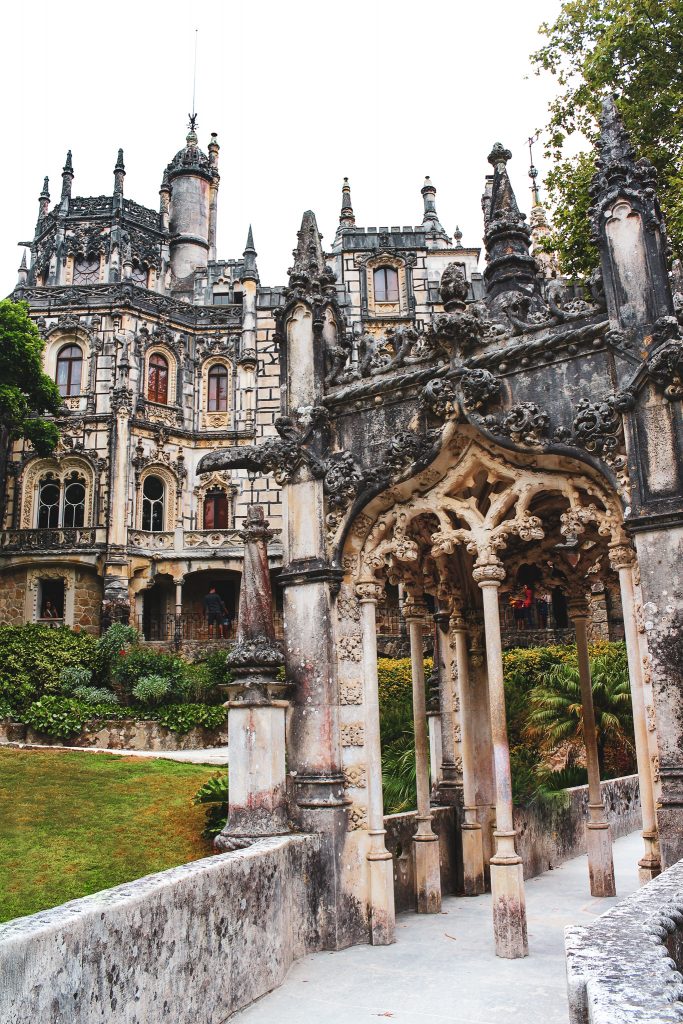

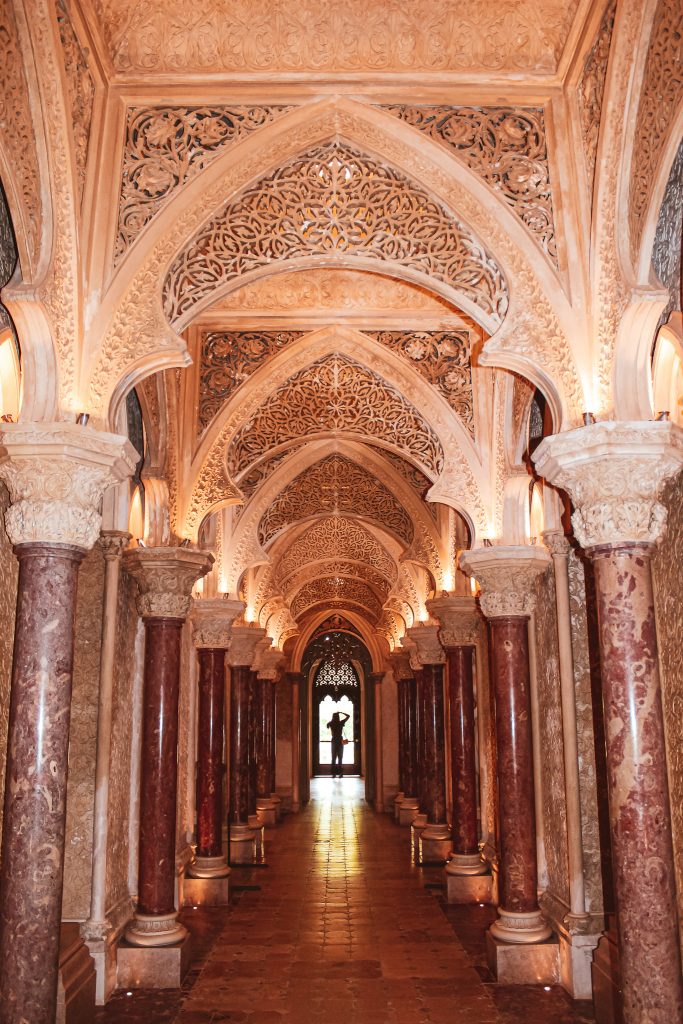


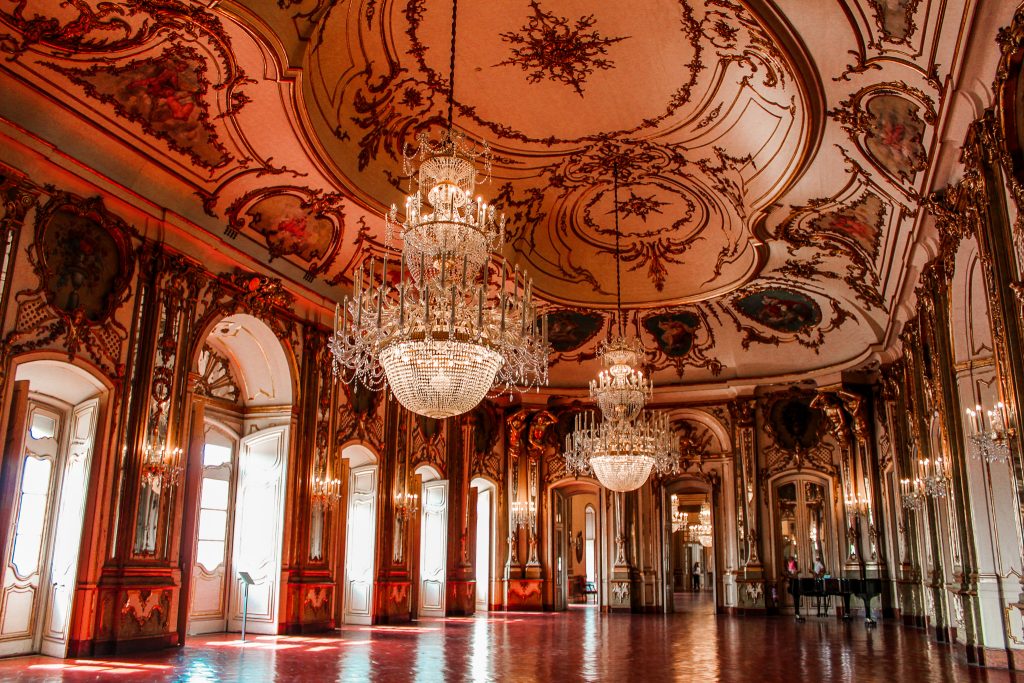
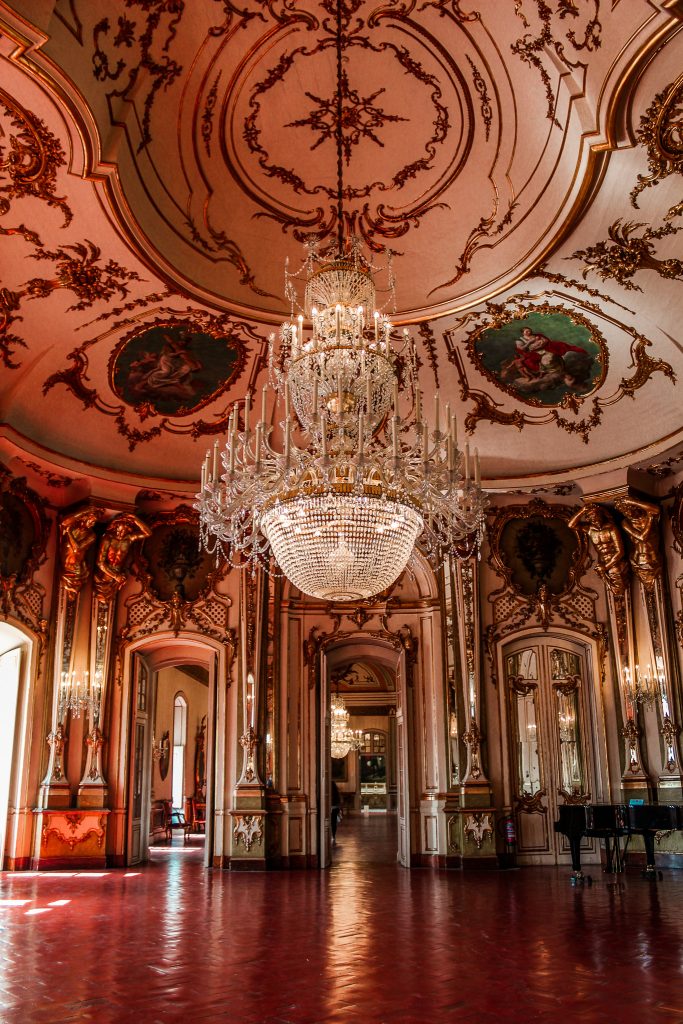
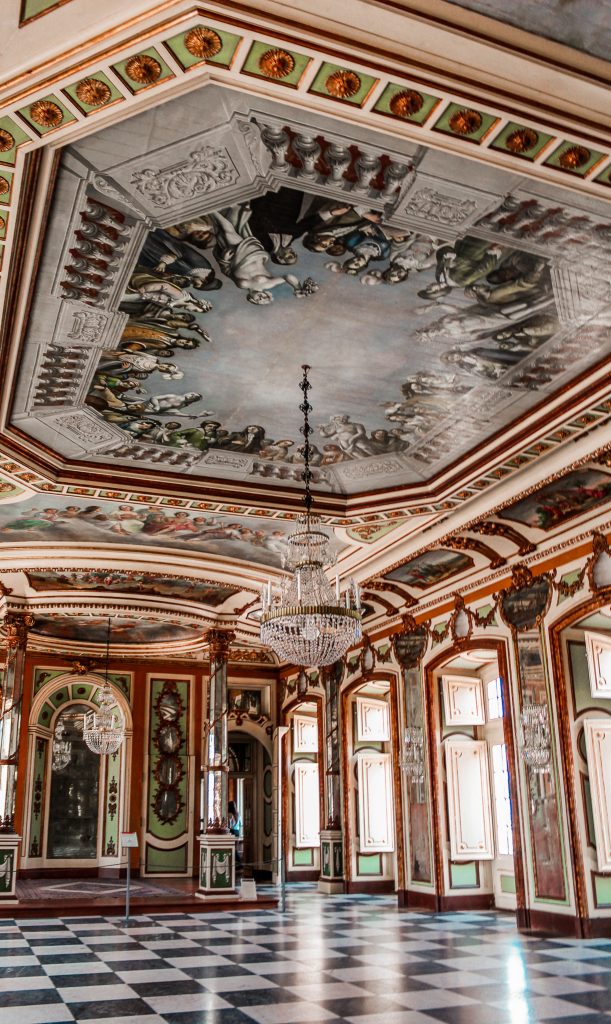
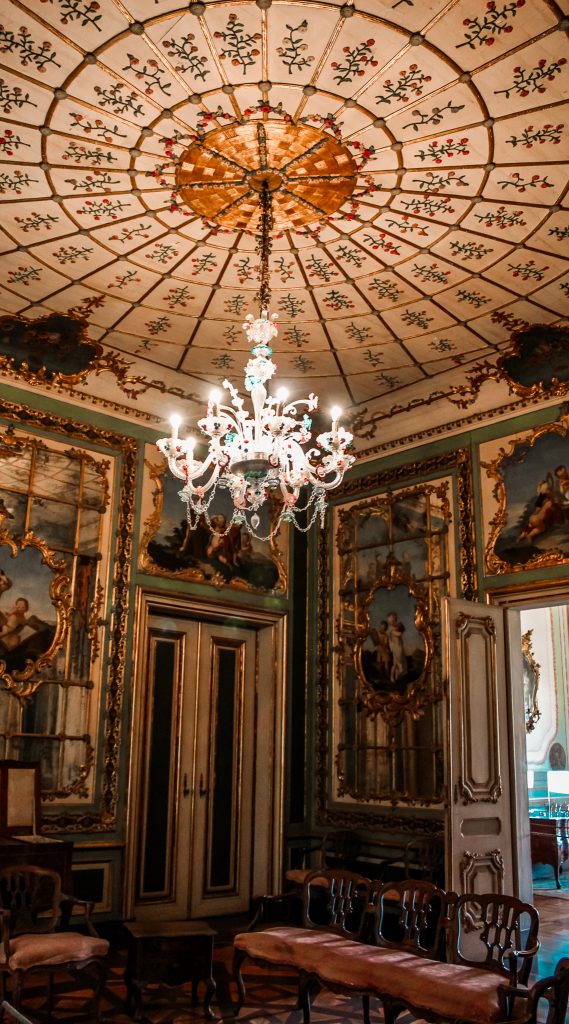
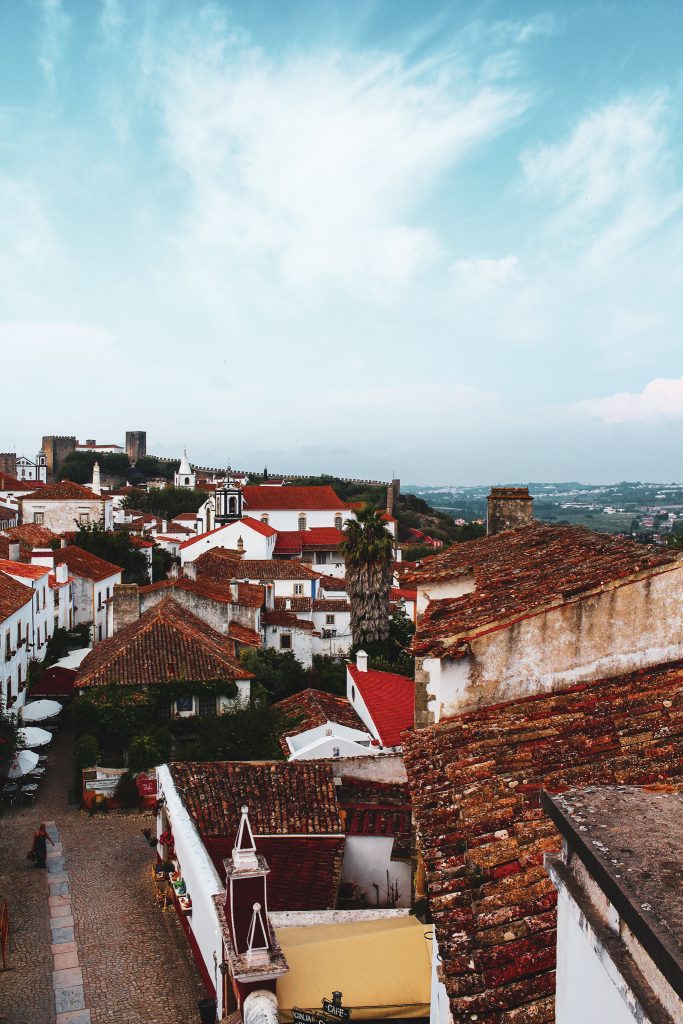
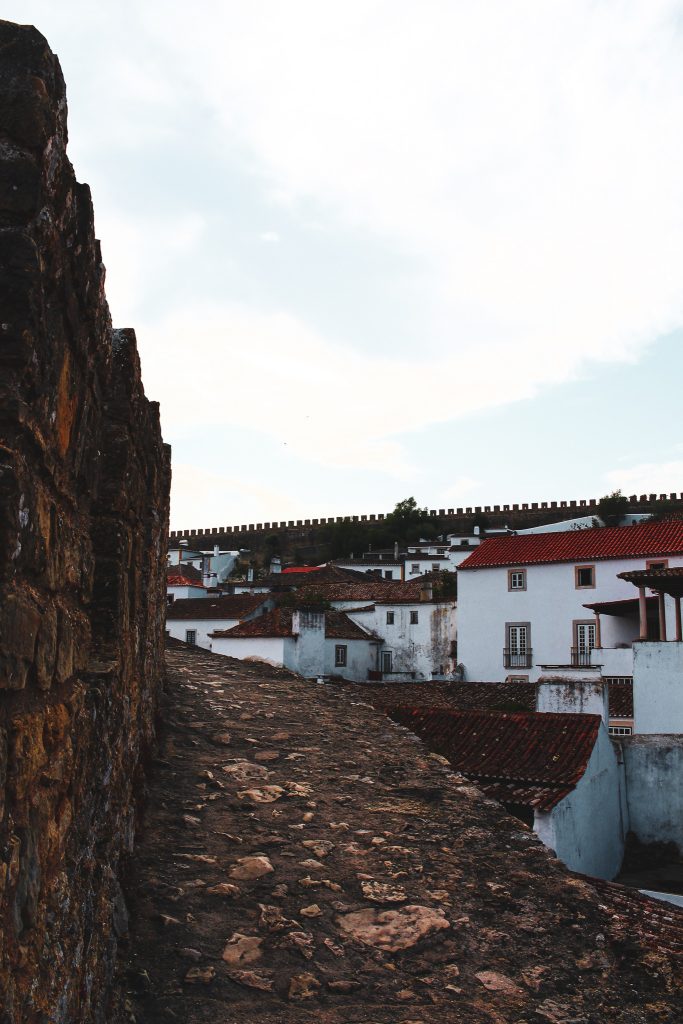
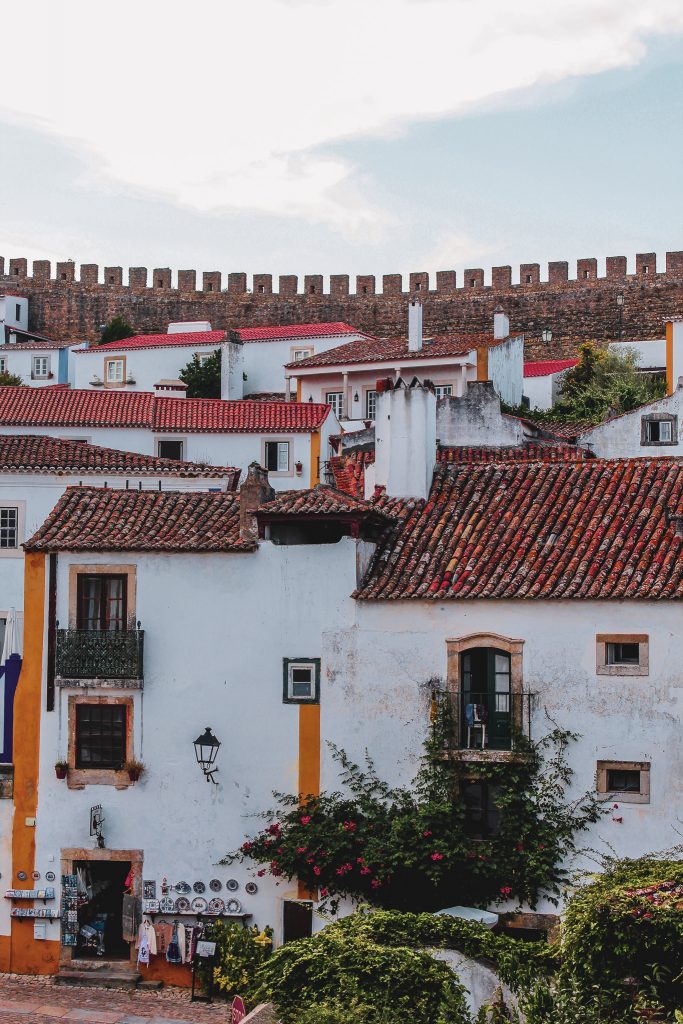
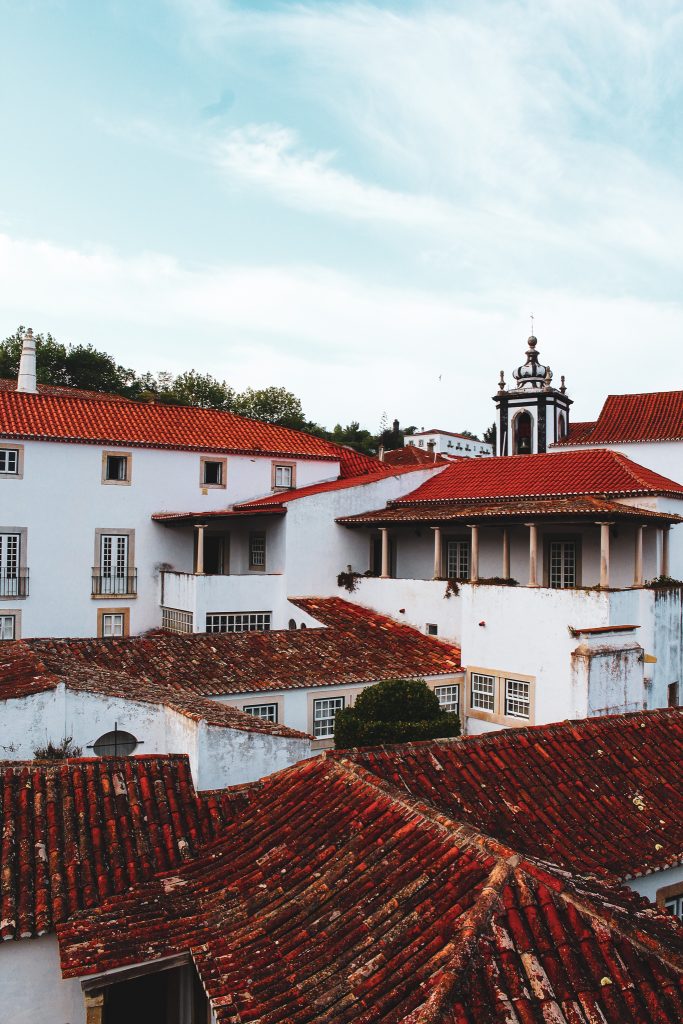
![Florence Cathedral [Guide]](https://jadebrahamsodyssey.com/wp-content/uploads/2019/12/IMG_7442.jpg)
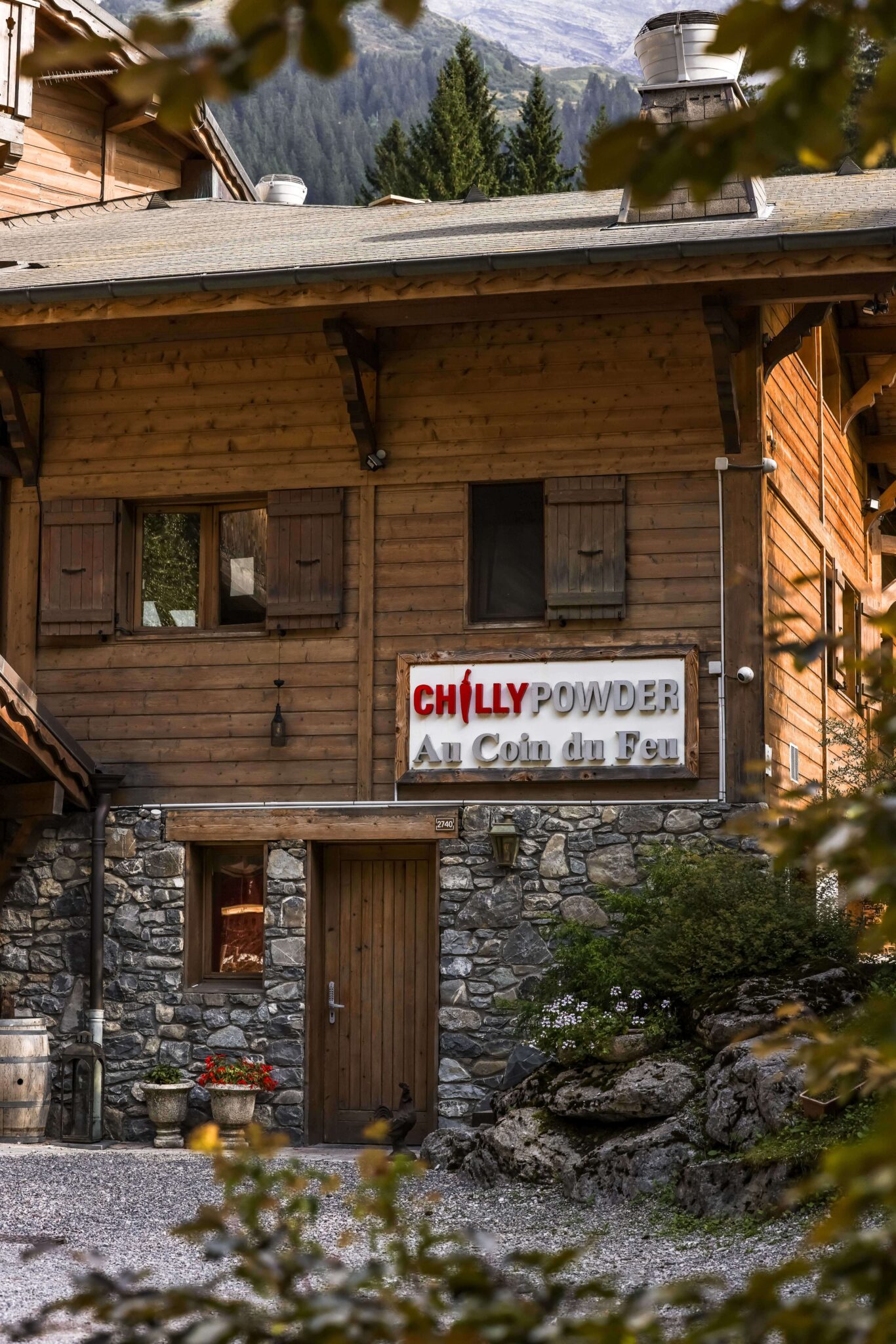
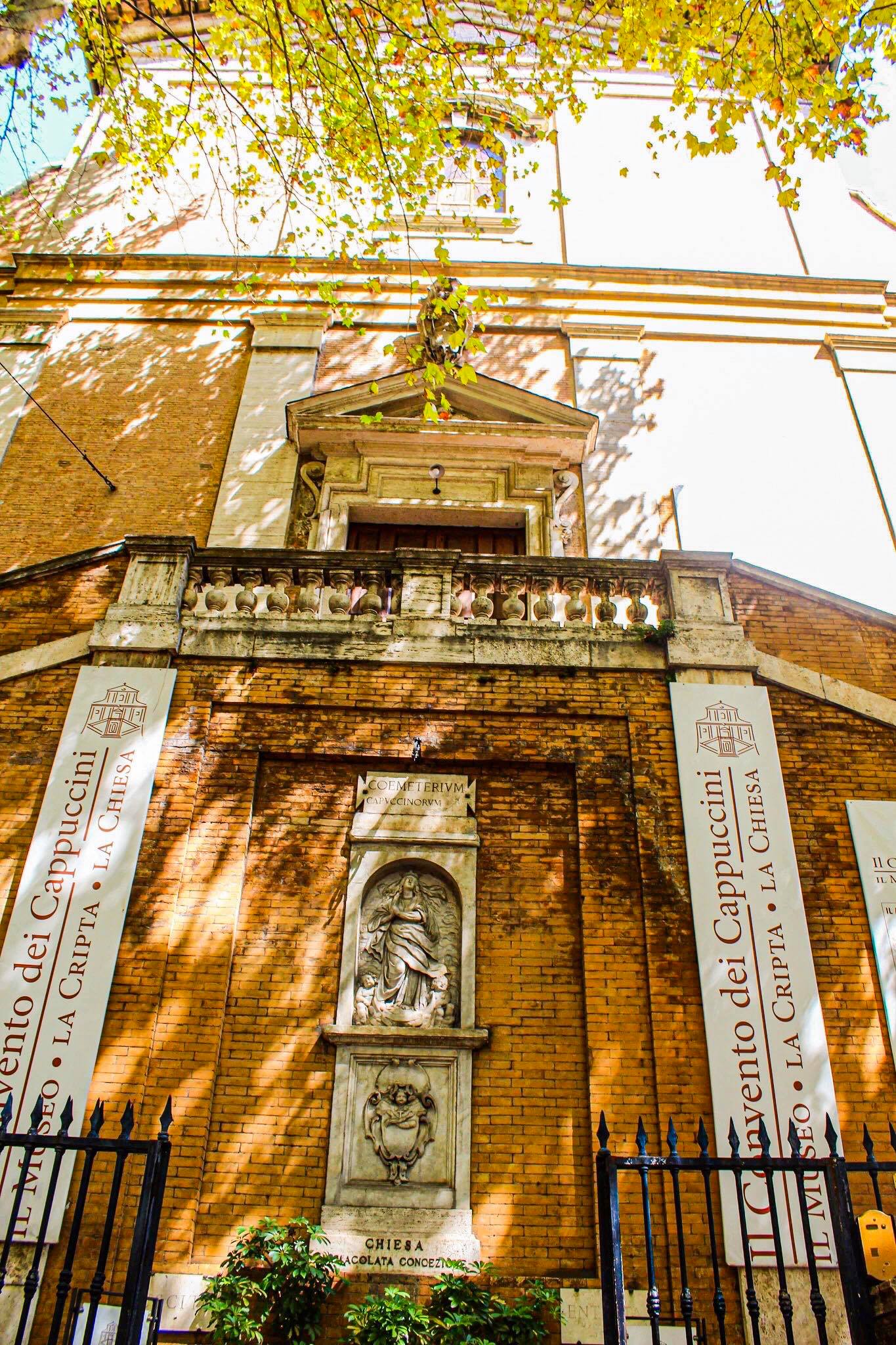
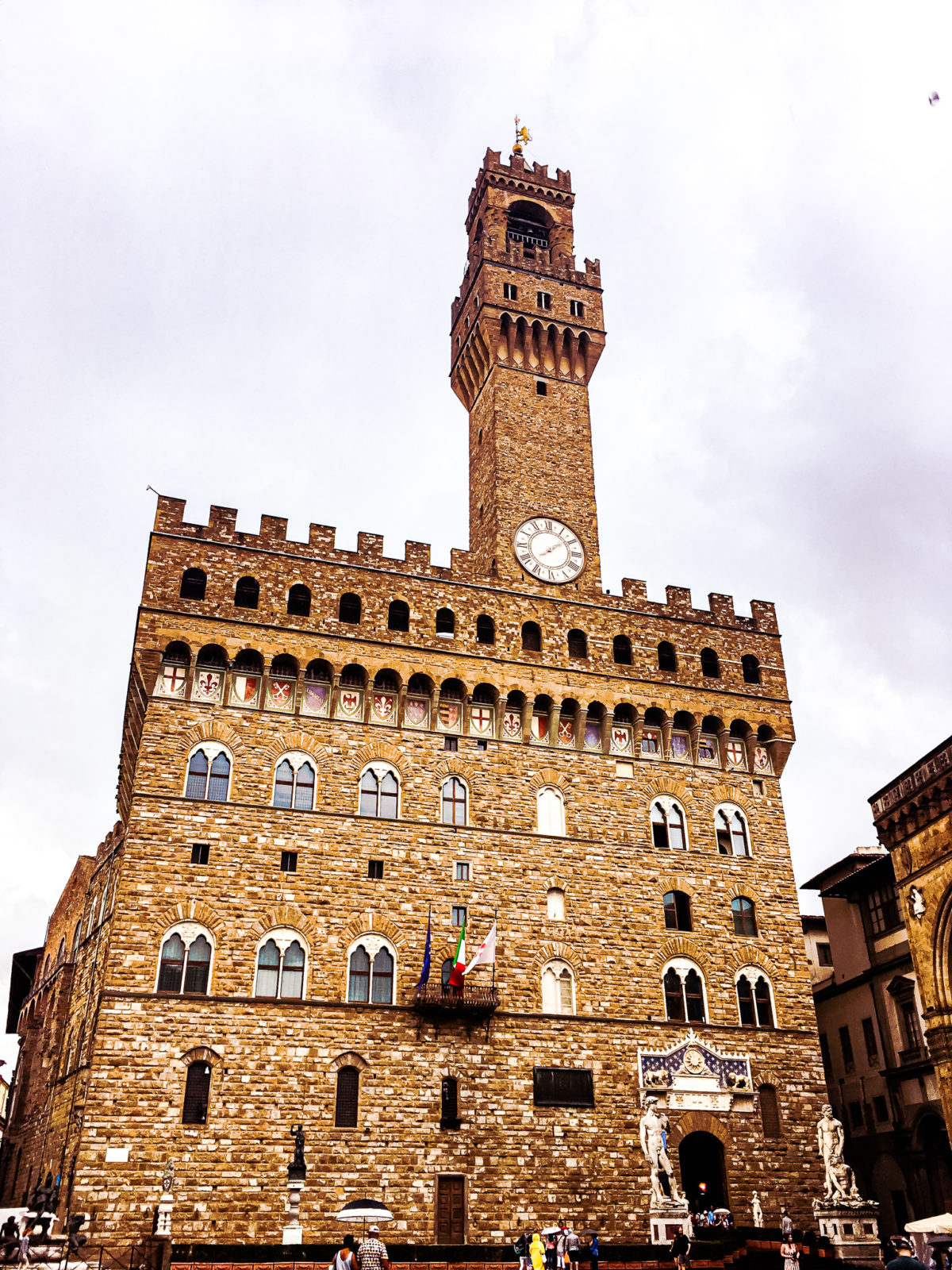

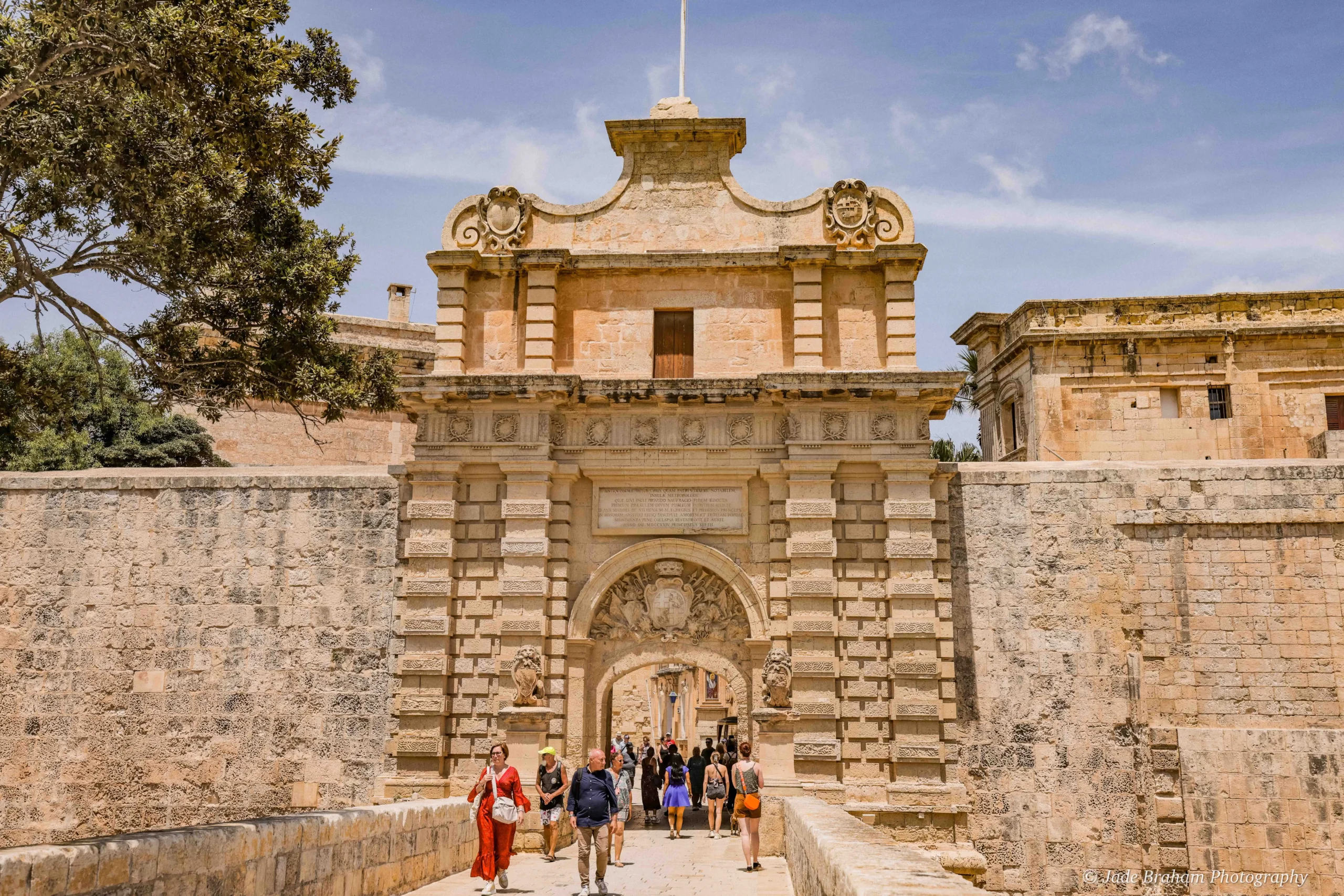
Love how much information you have in this post and your photos are amazing!
Thank you so much!
Wow your photos show just how stunning Portugal really is! I visited the Algarve when I was younger and loved the chilled out atmosphere there . I have always wanted to visit Lisbon, I had no idea they had tuk-tuks there! Thank you for sharing 🙂
I LOVE Portugal! While I do enjoy Lisbon, Cascais is definitely my favorite! I will definitely live there one day! Thank you for this itinerary…as I haven’t been to Obidos yet!
Wow! Fantastic itinerary! I was able to visit a couple of these places this year but now I have a reason to visit Portugal again.
Thanks for sharing!
Thank you! I’m delighted you now have a reason to go back 🙂
I love Portugal. I went to Lisbon and Sintra last year and it was absolutely beautiful. I would love to go back and explore some more. I will definitely keep this post as a reference of what parts to go to next. If you want check out my travel blog at southernverse.com. I’m a new blogger and is just starting out on my journey. Thanks for the great inspiration.
Hello, I enjoy reading through your post. I wanted to write a little comment to support you. Lainey Gay Procter